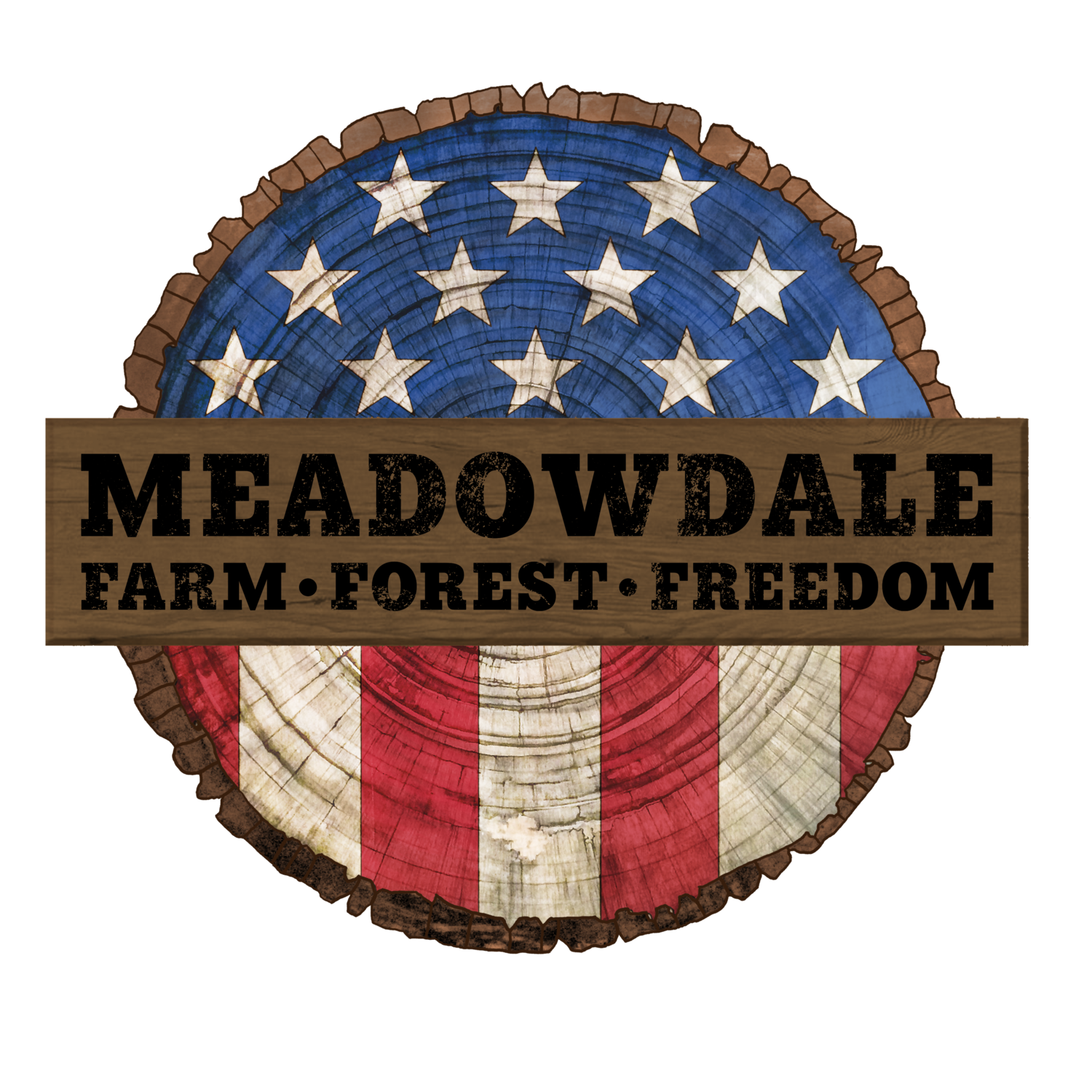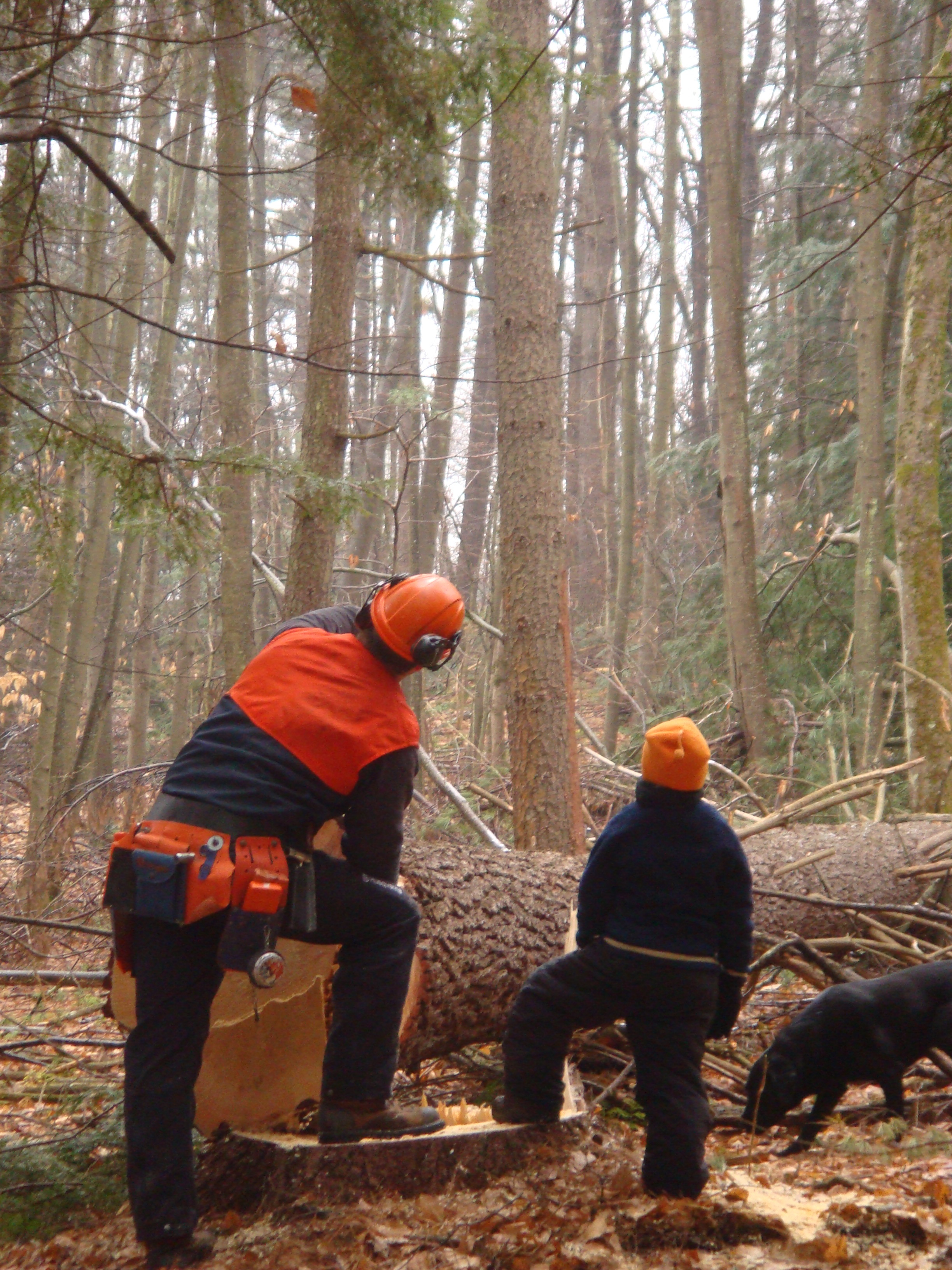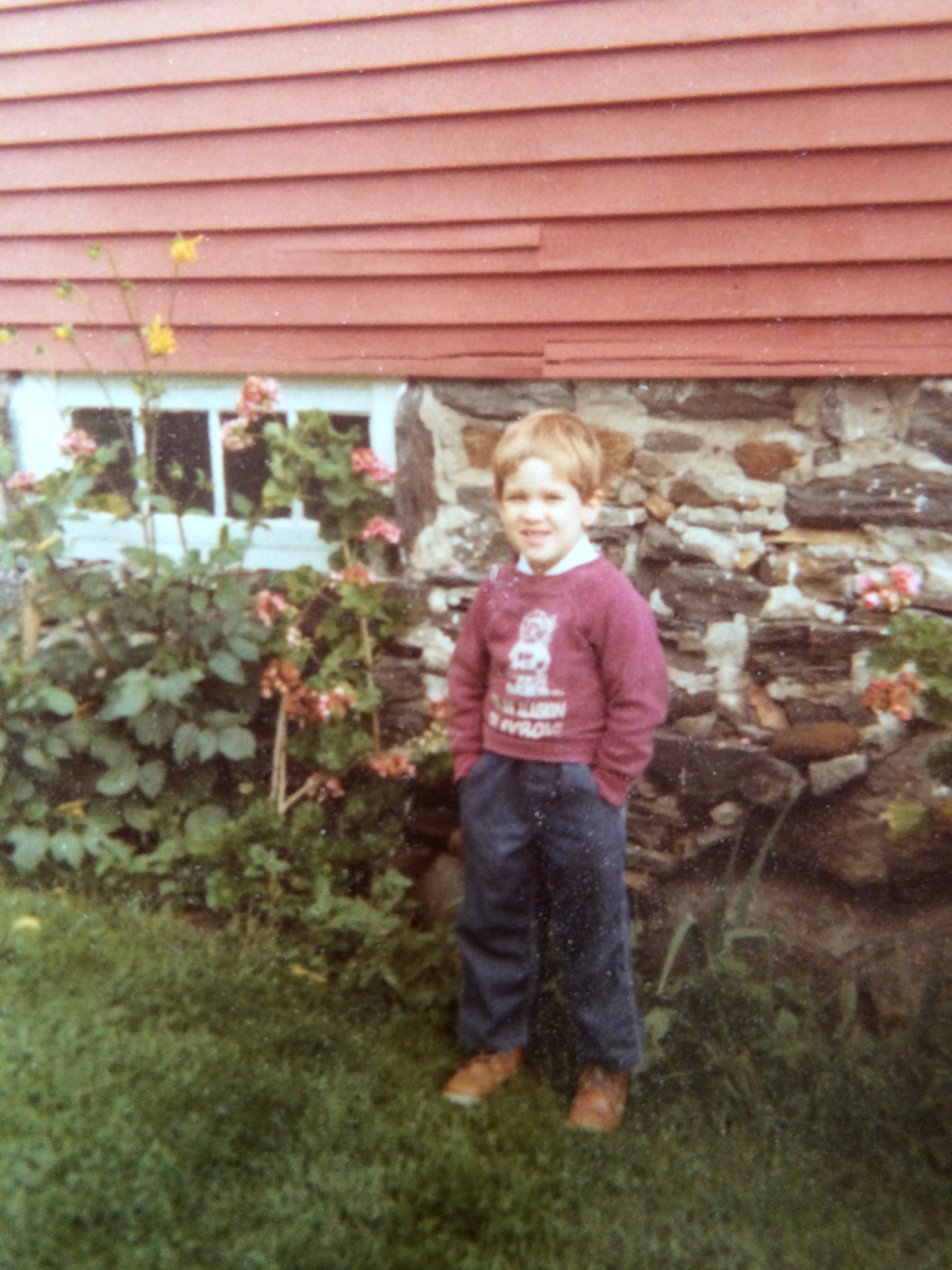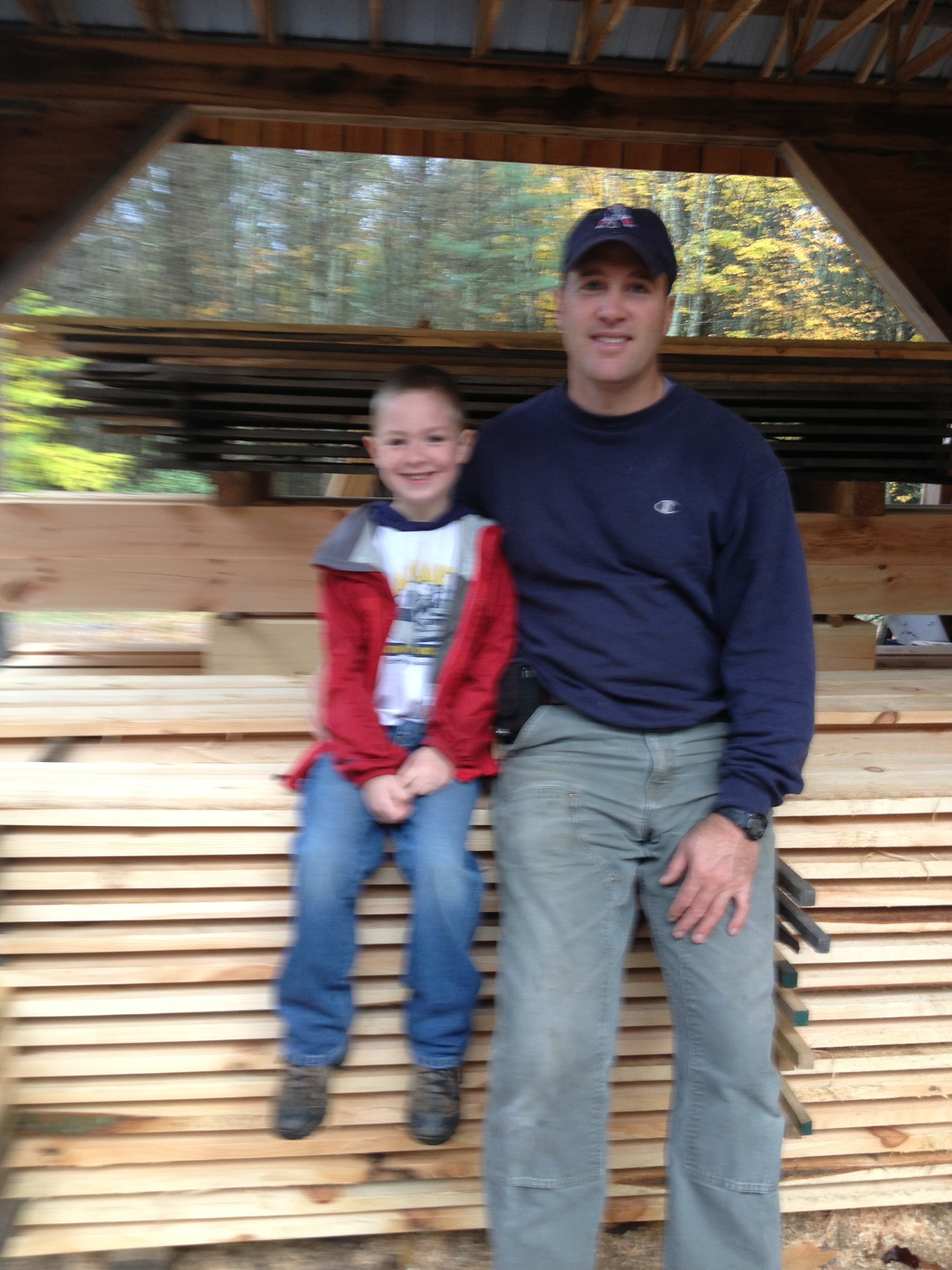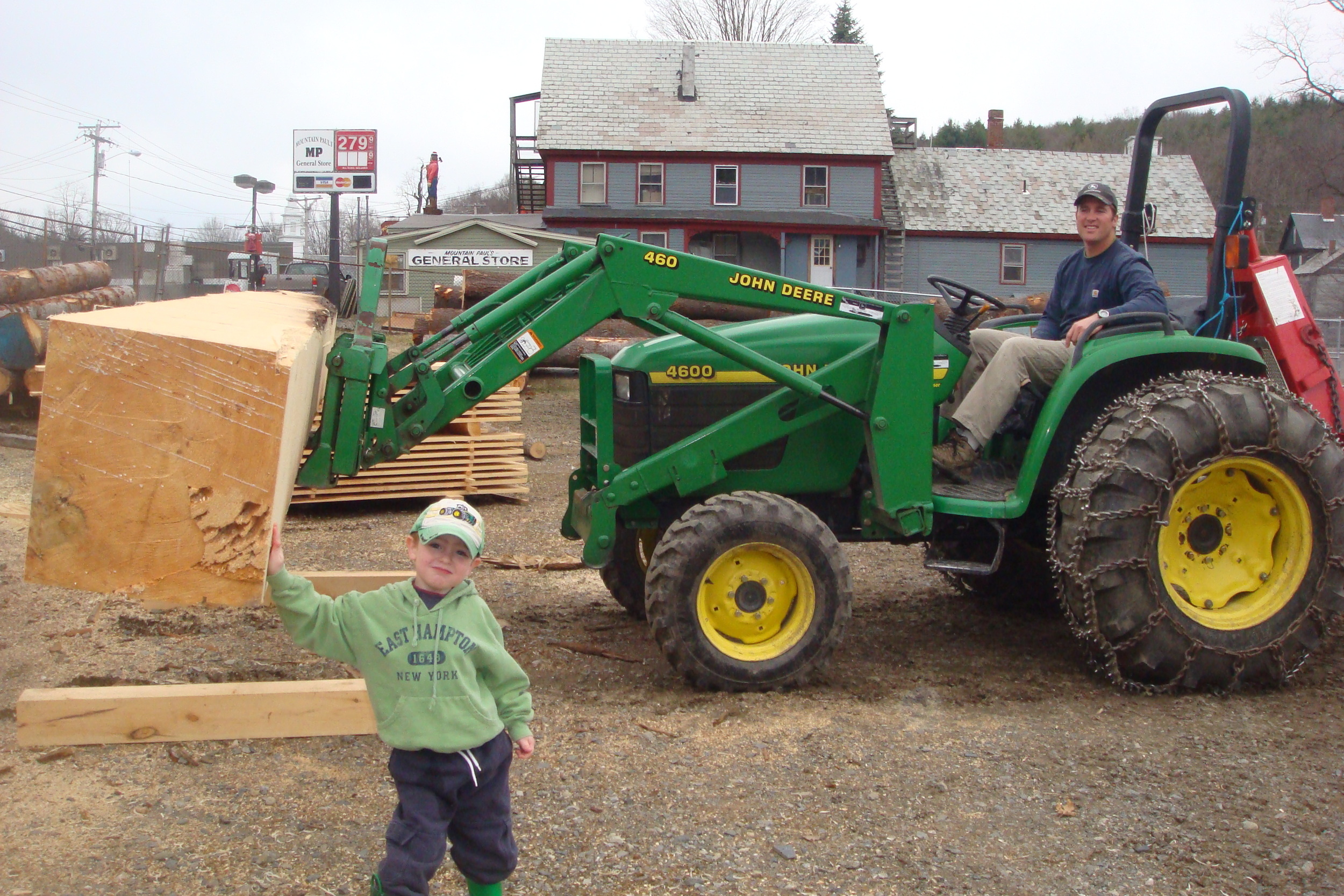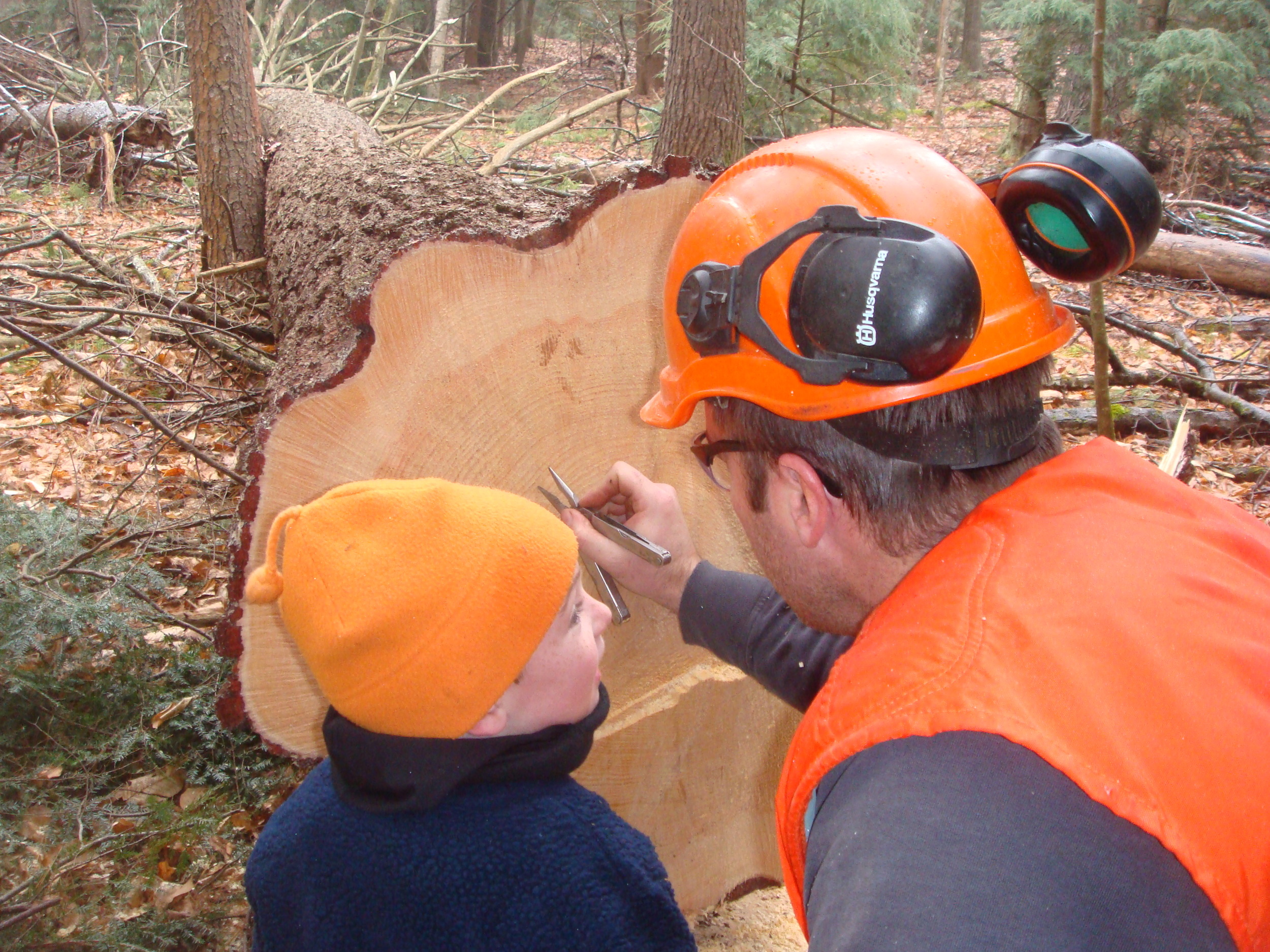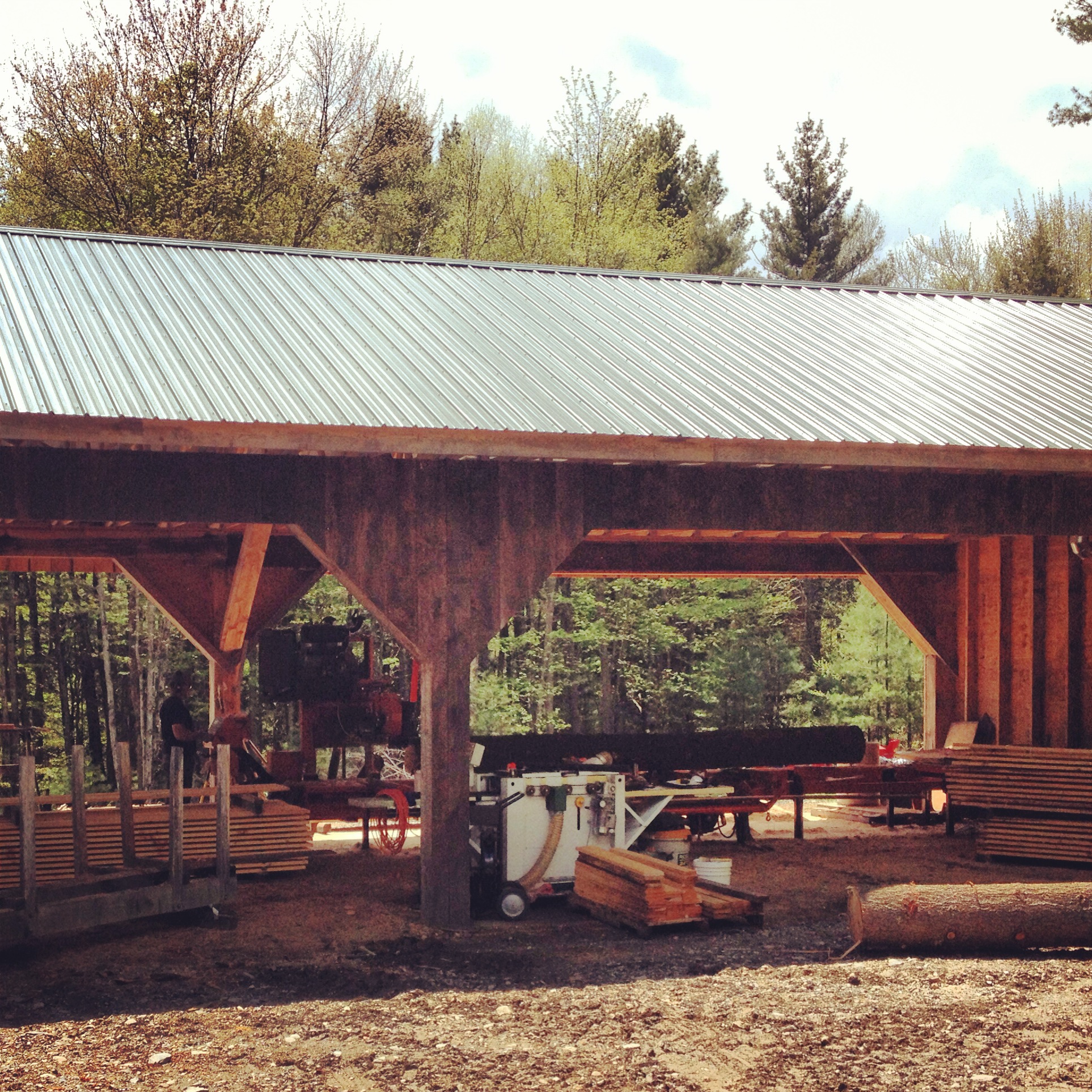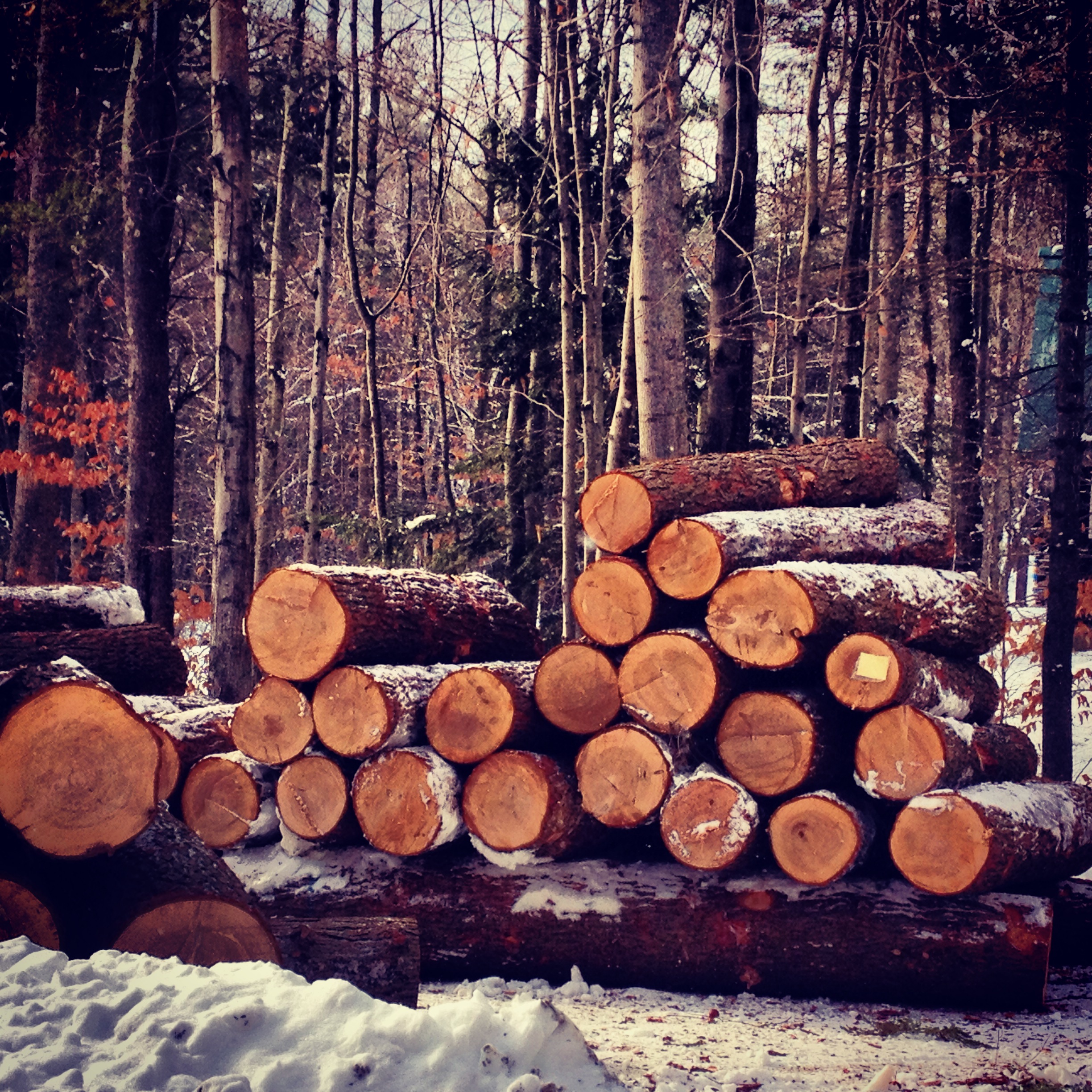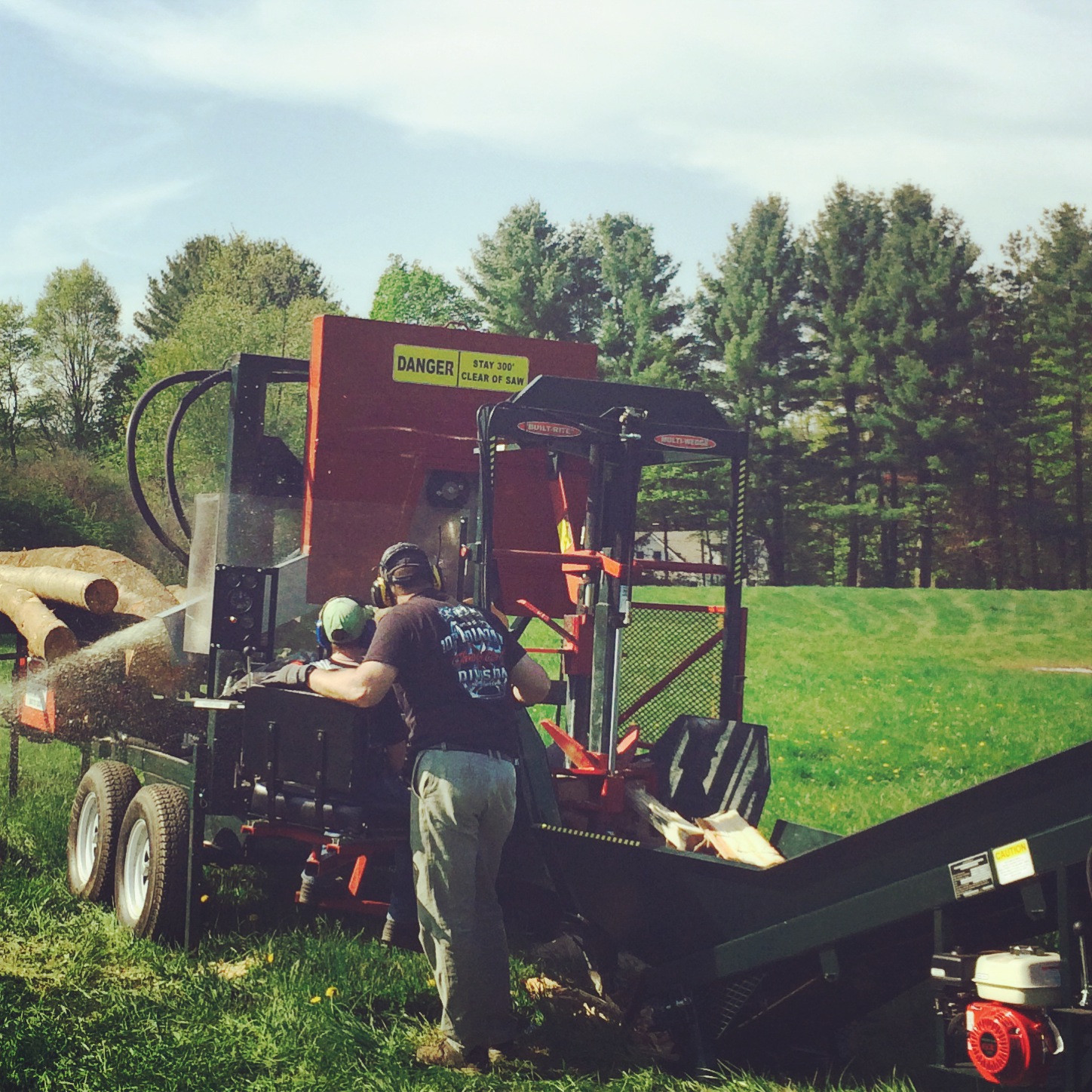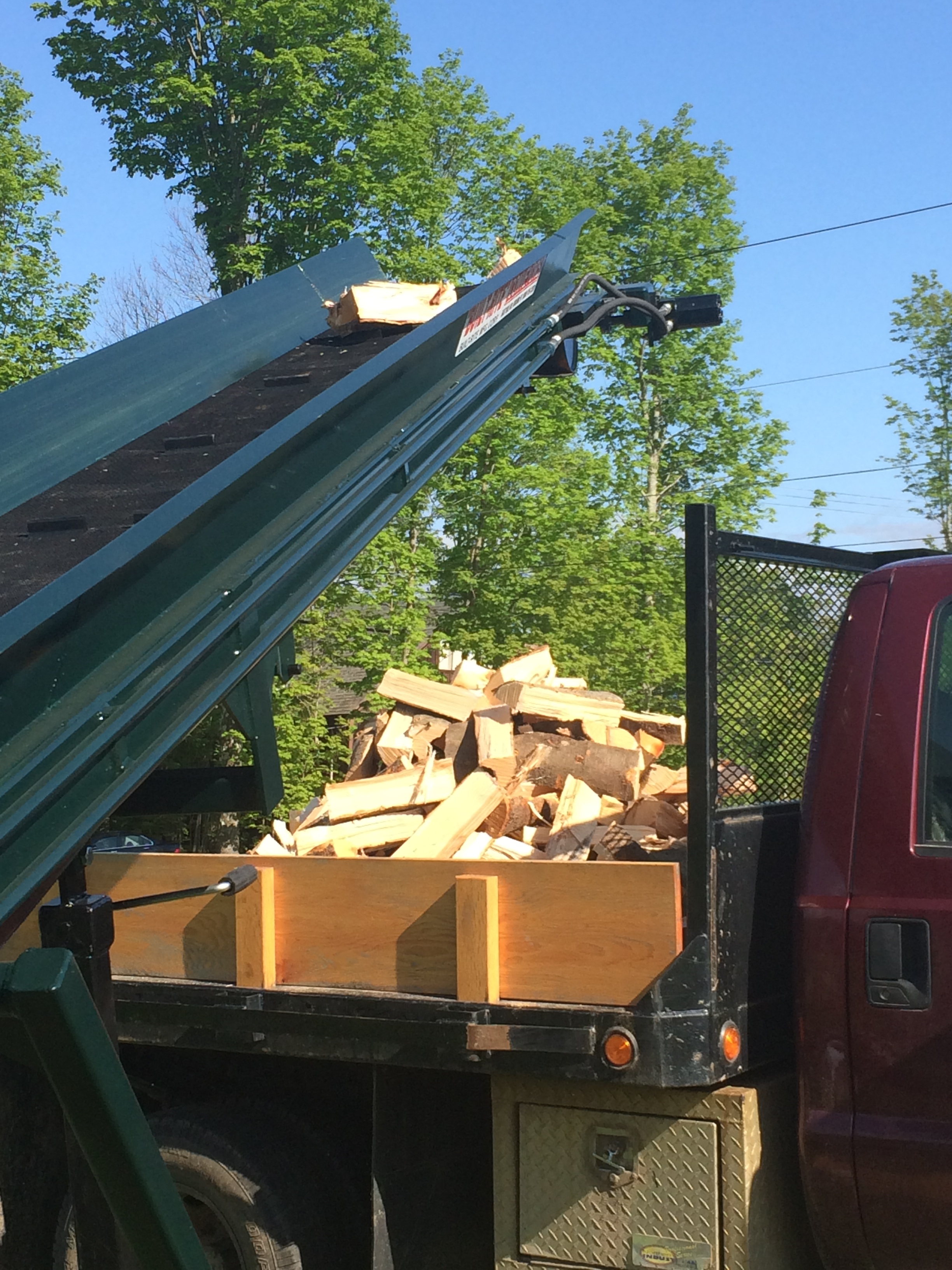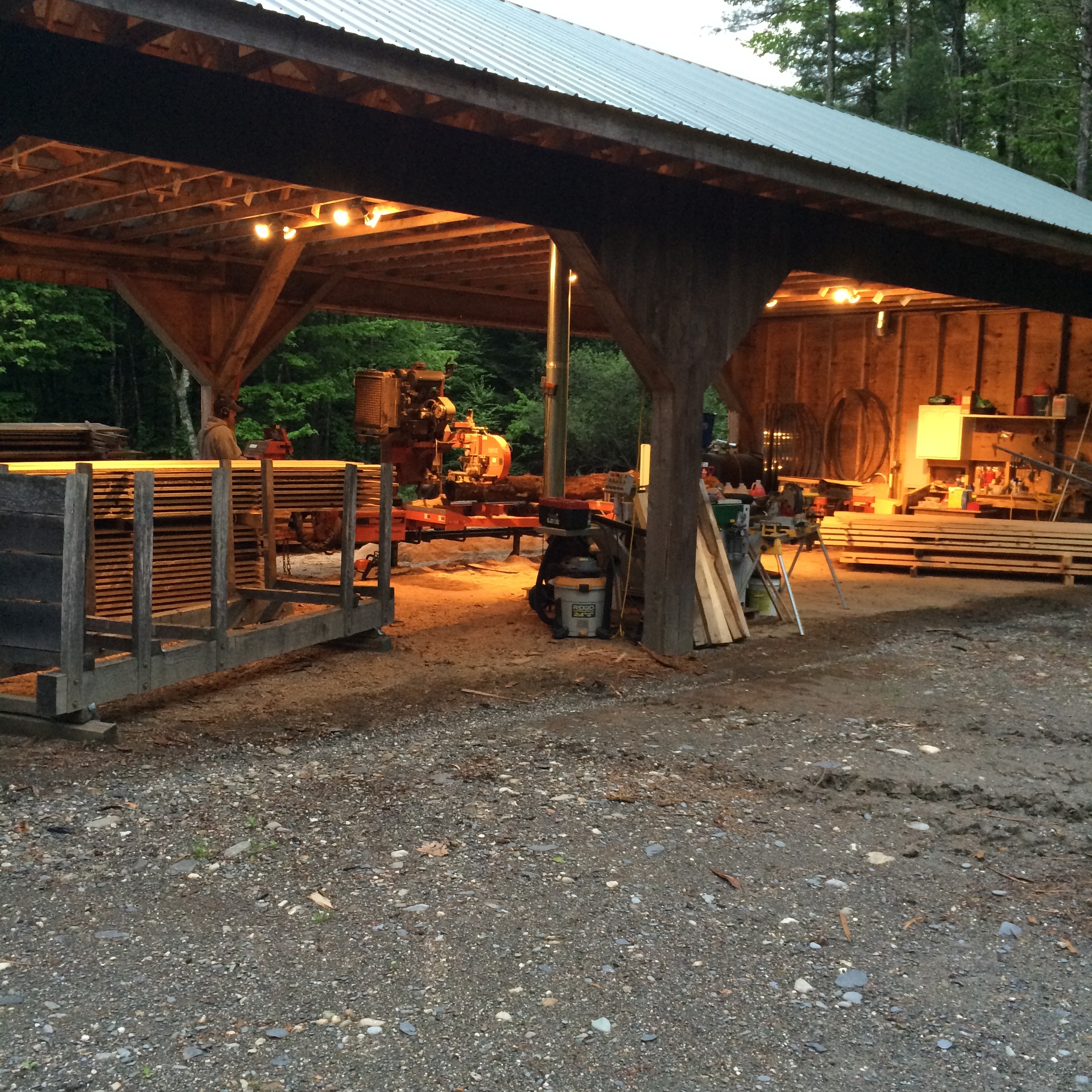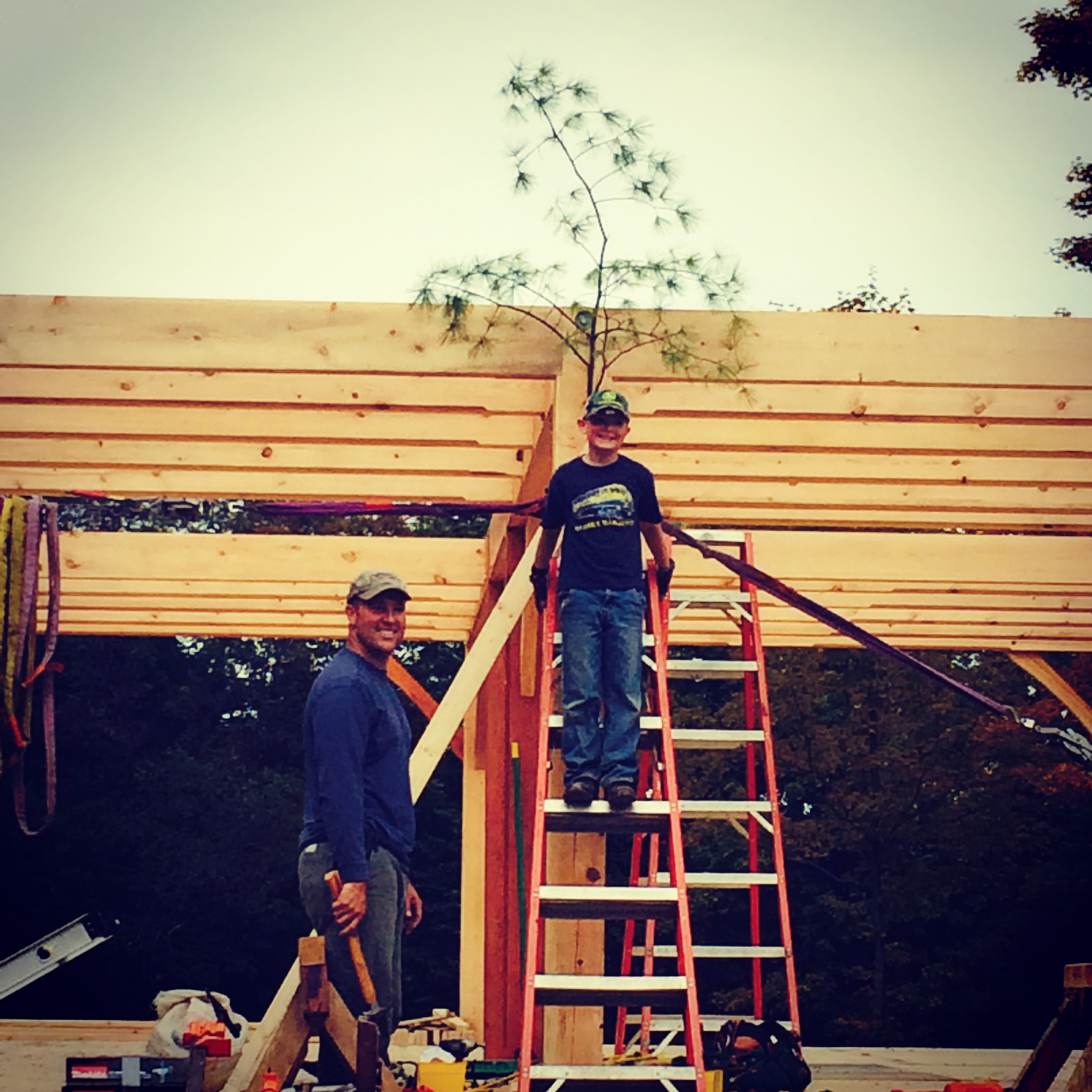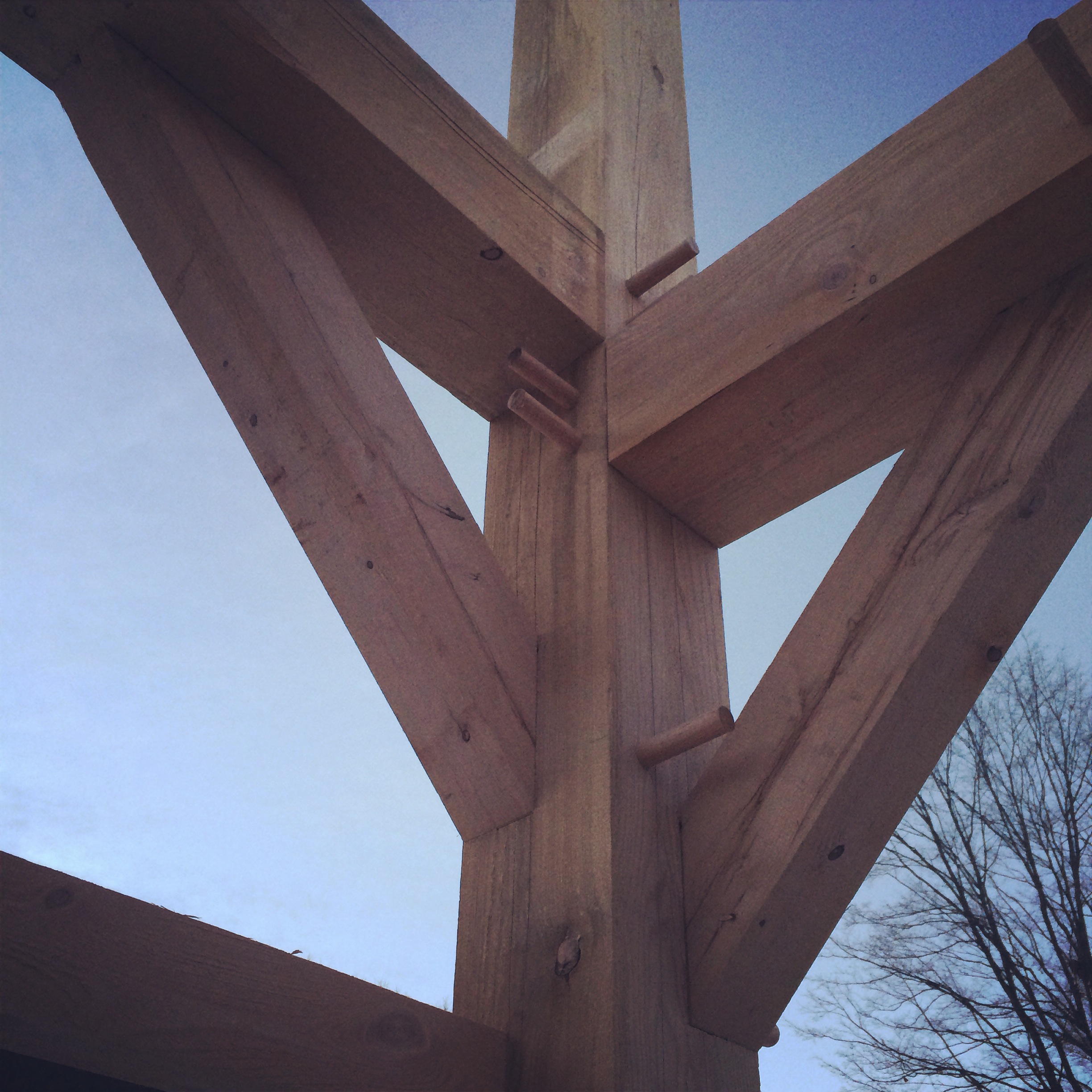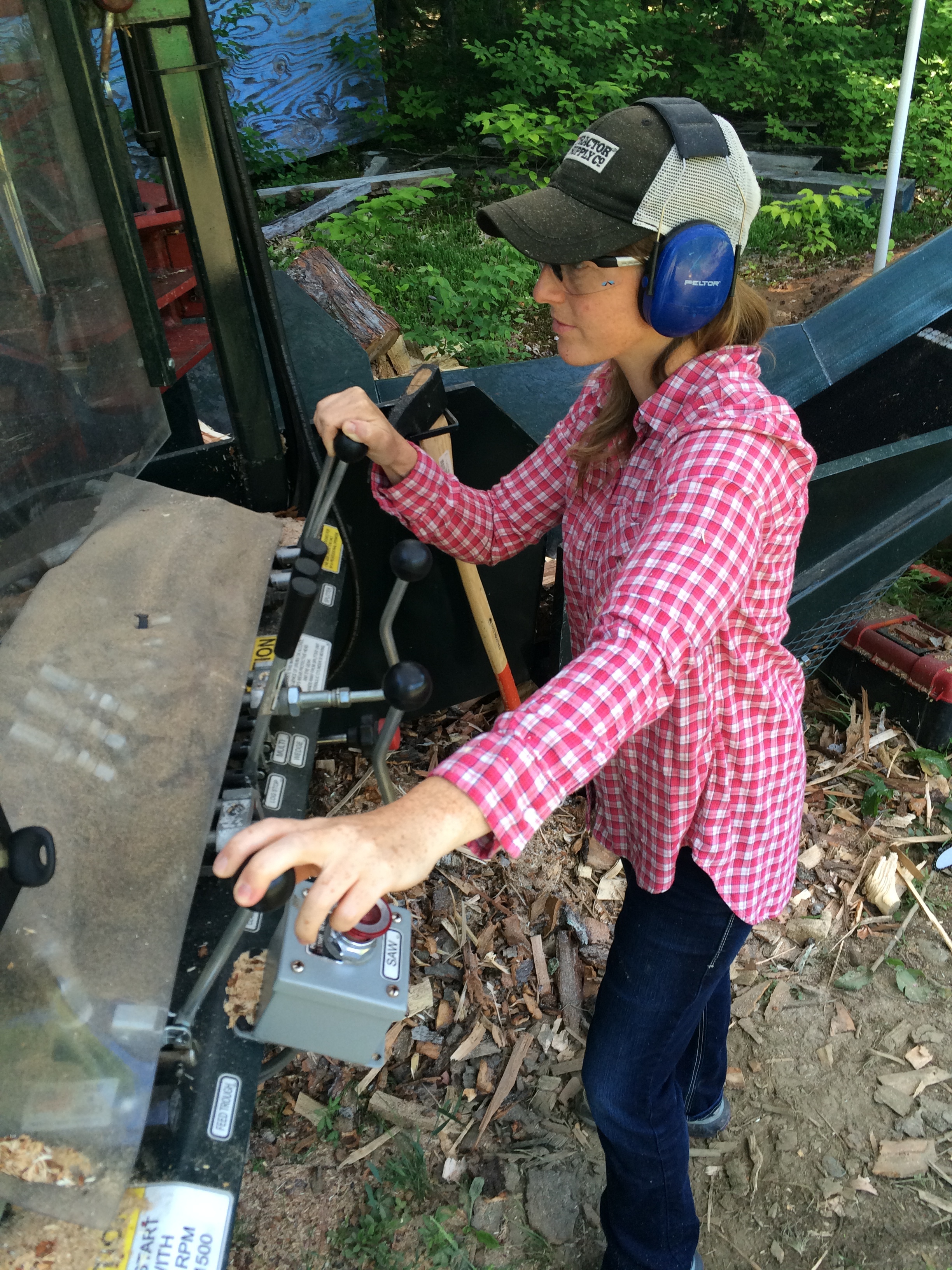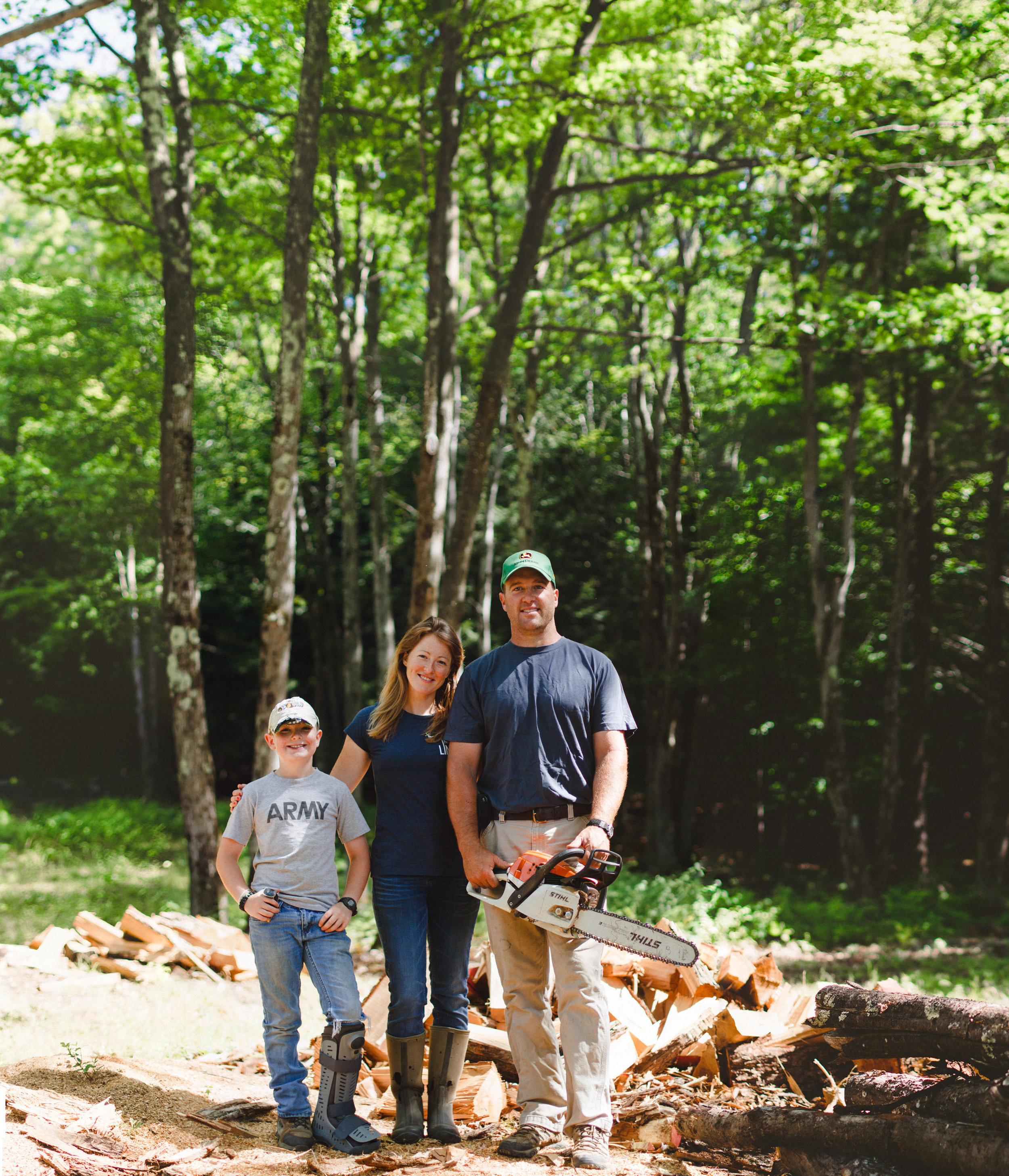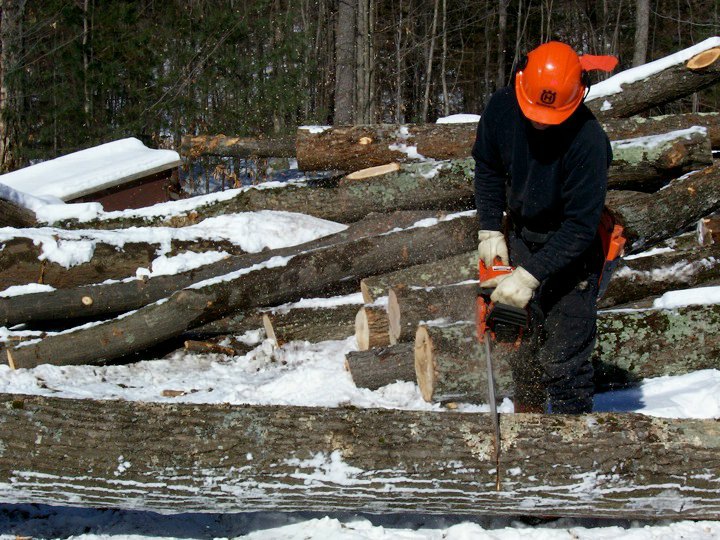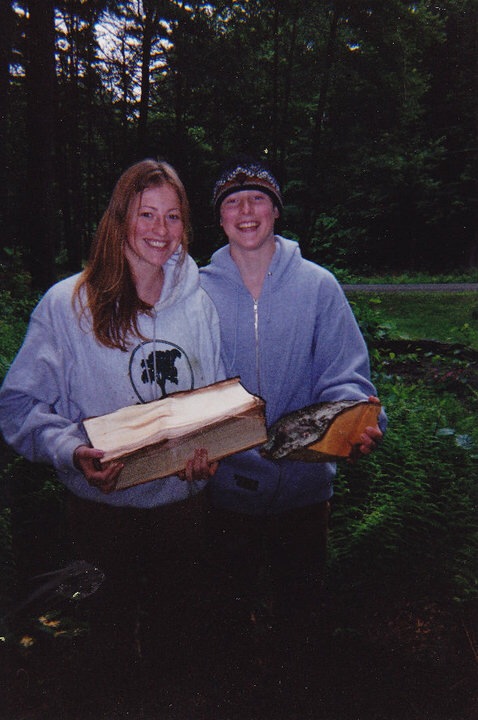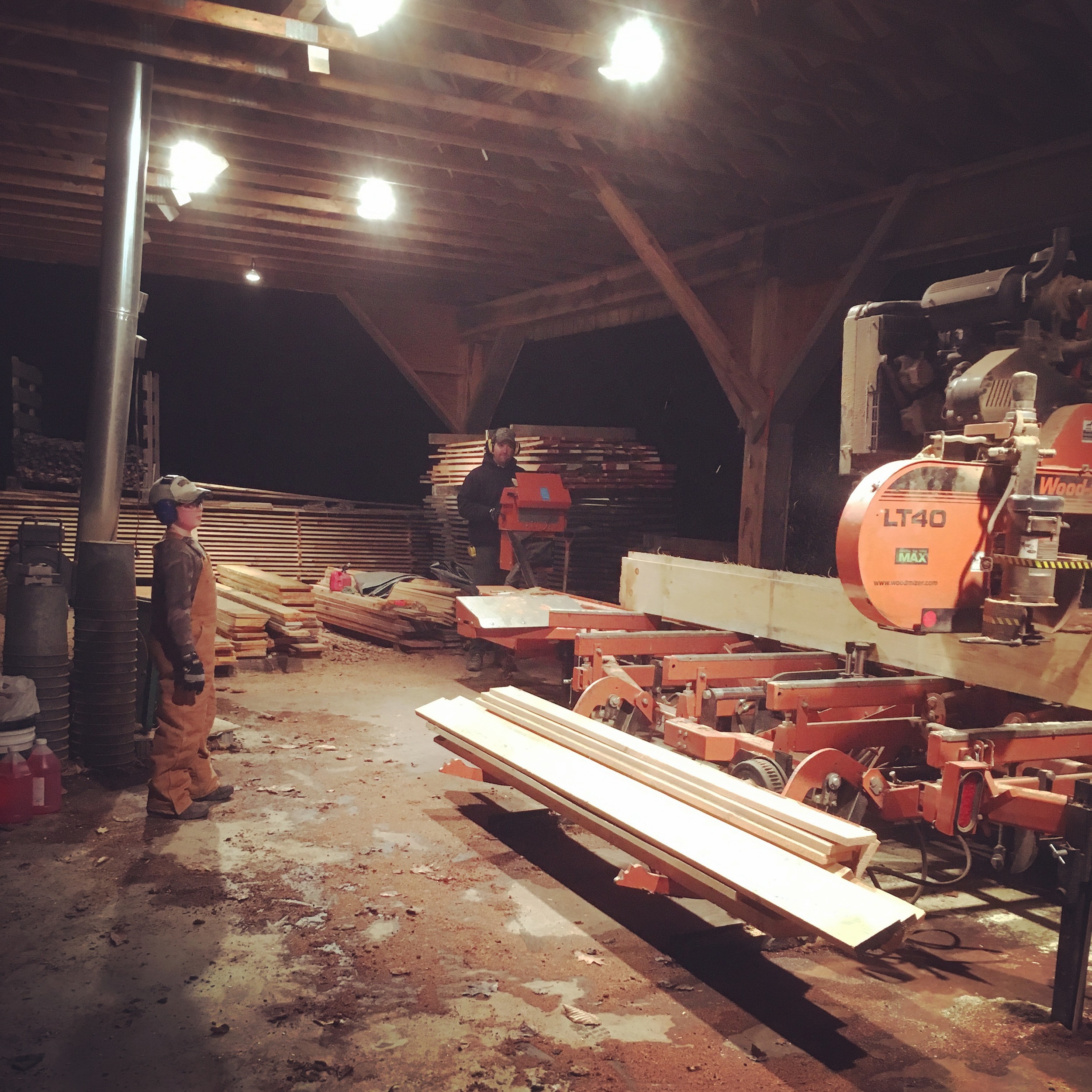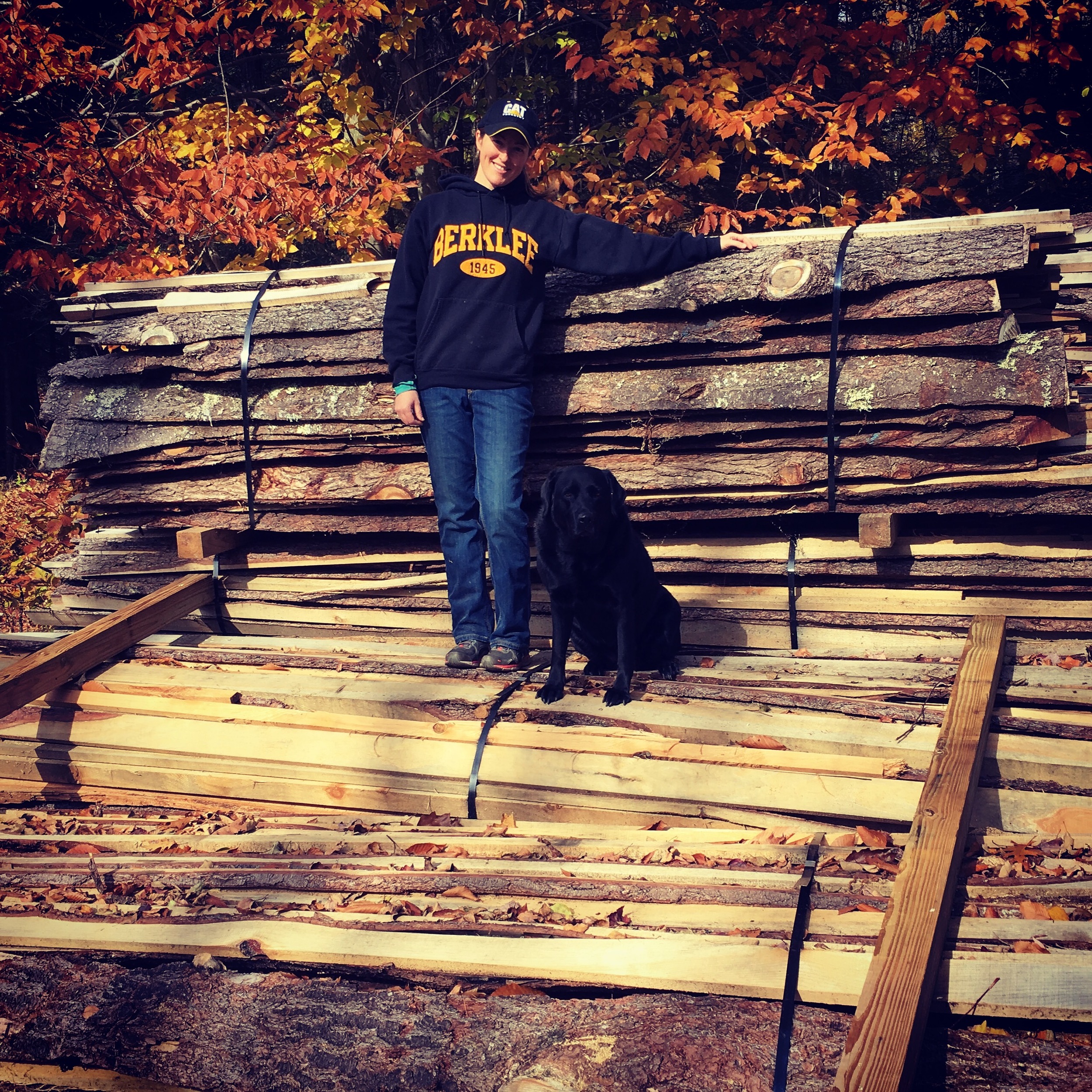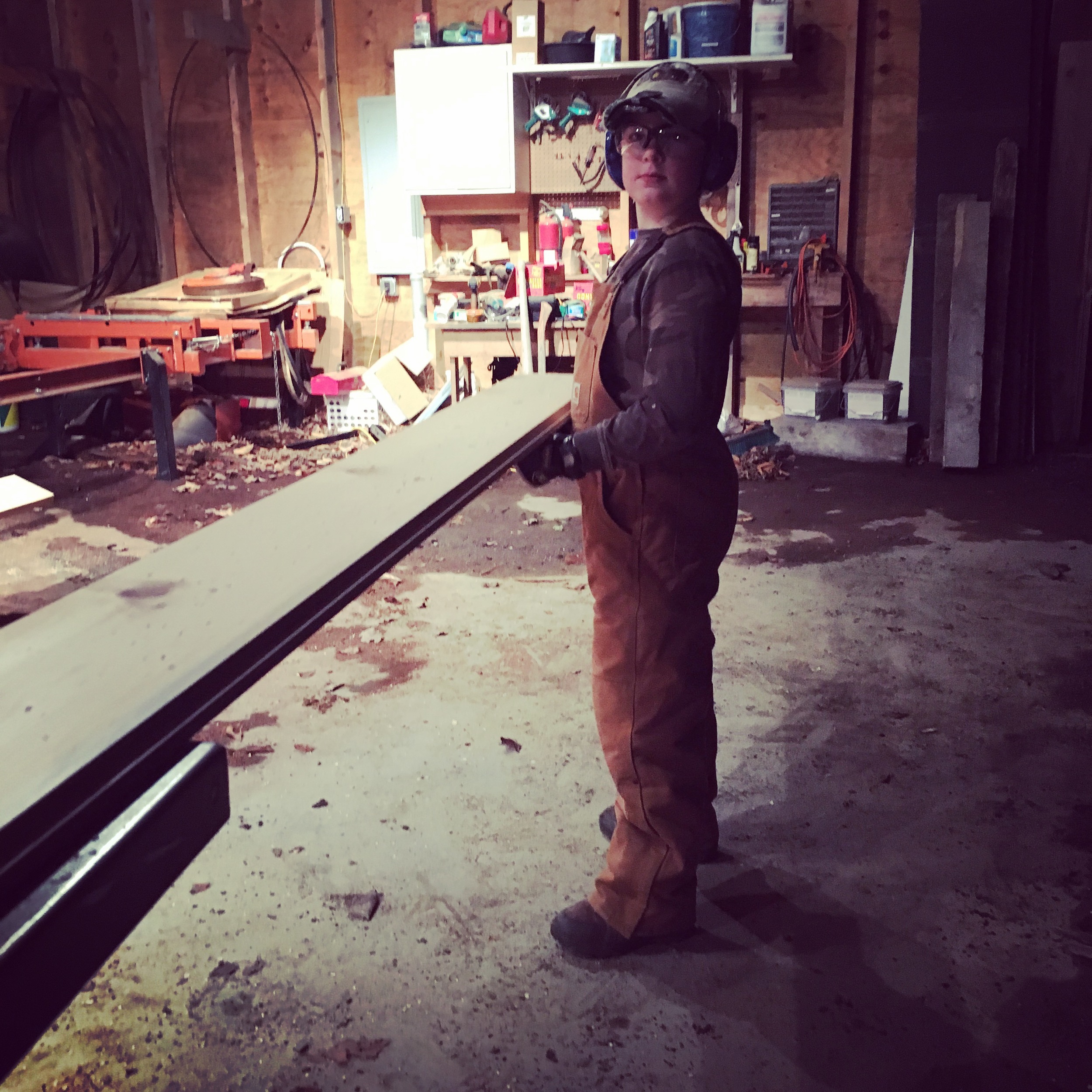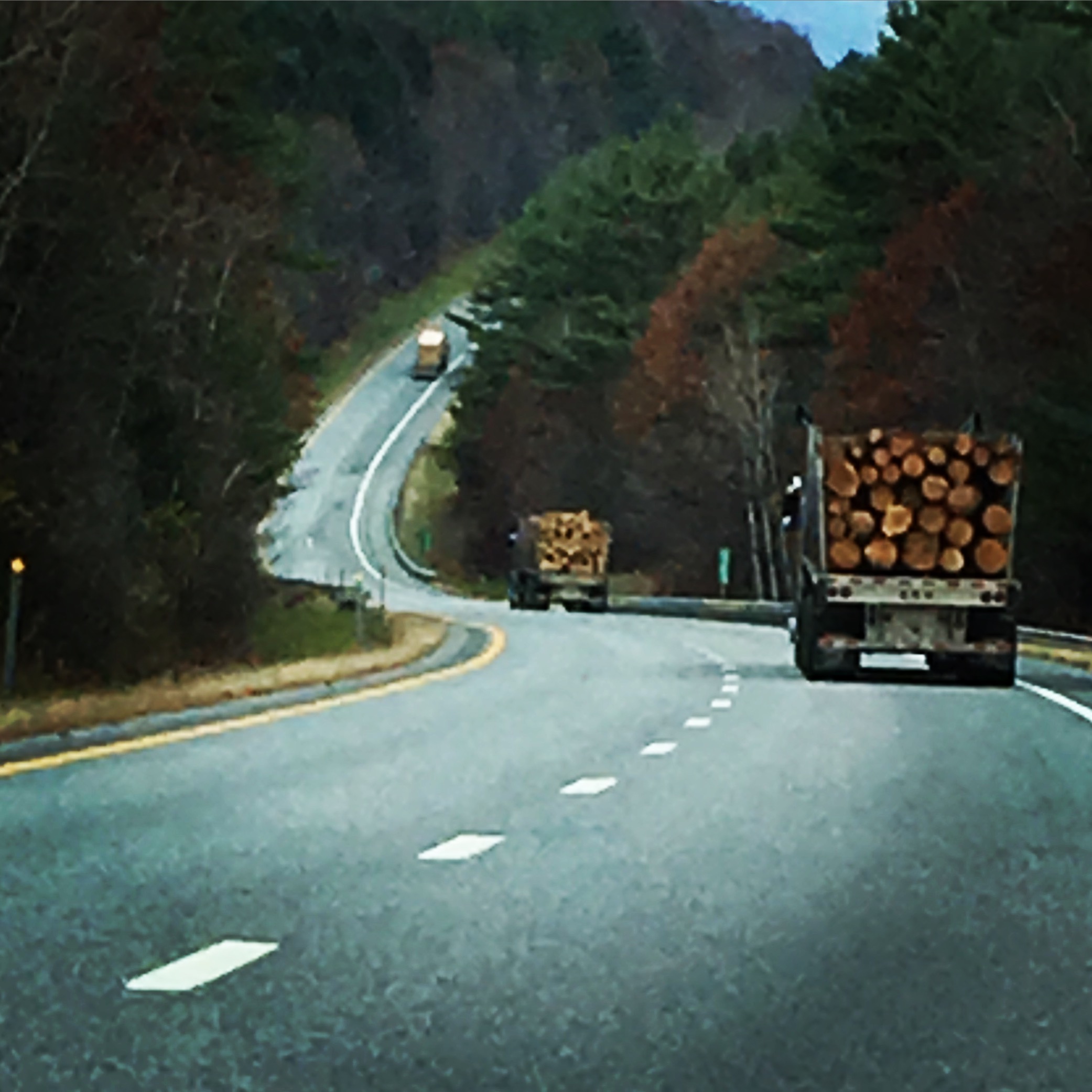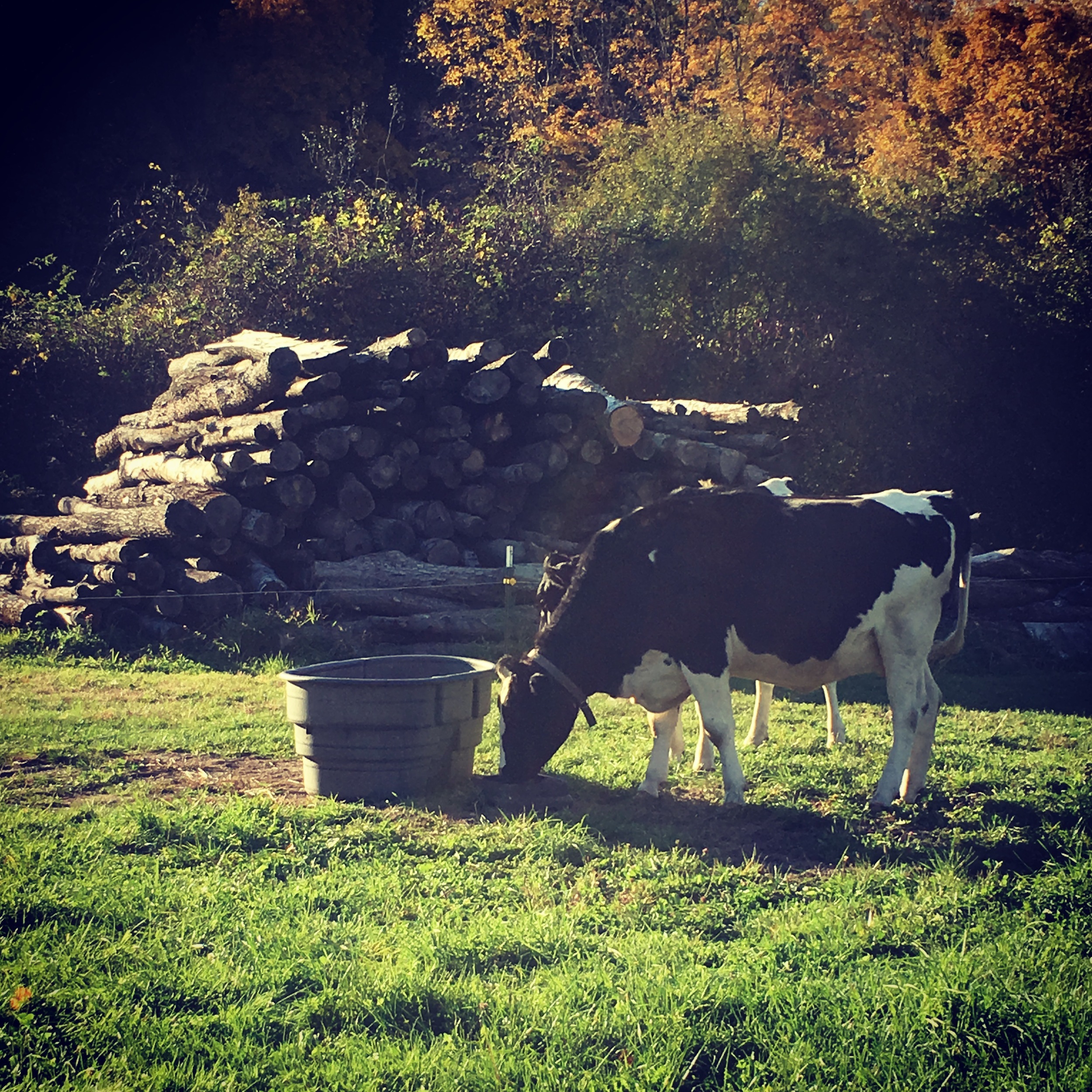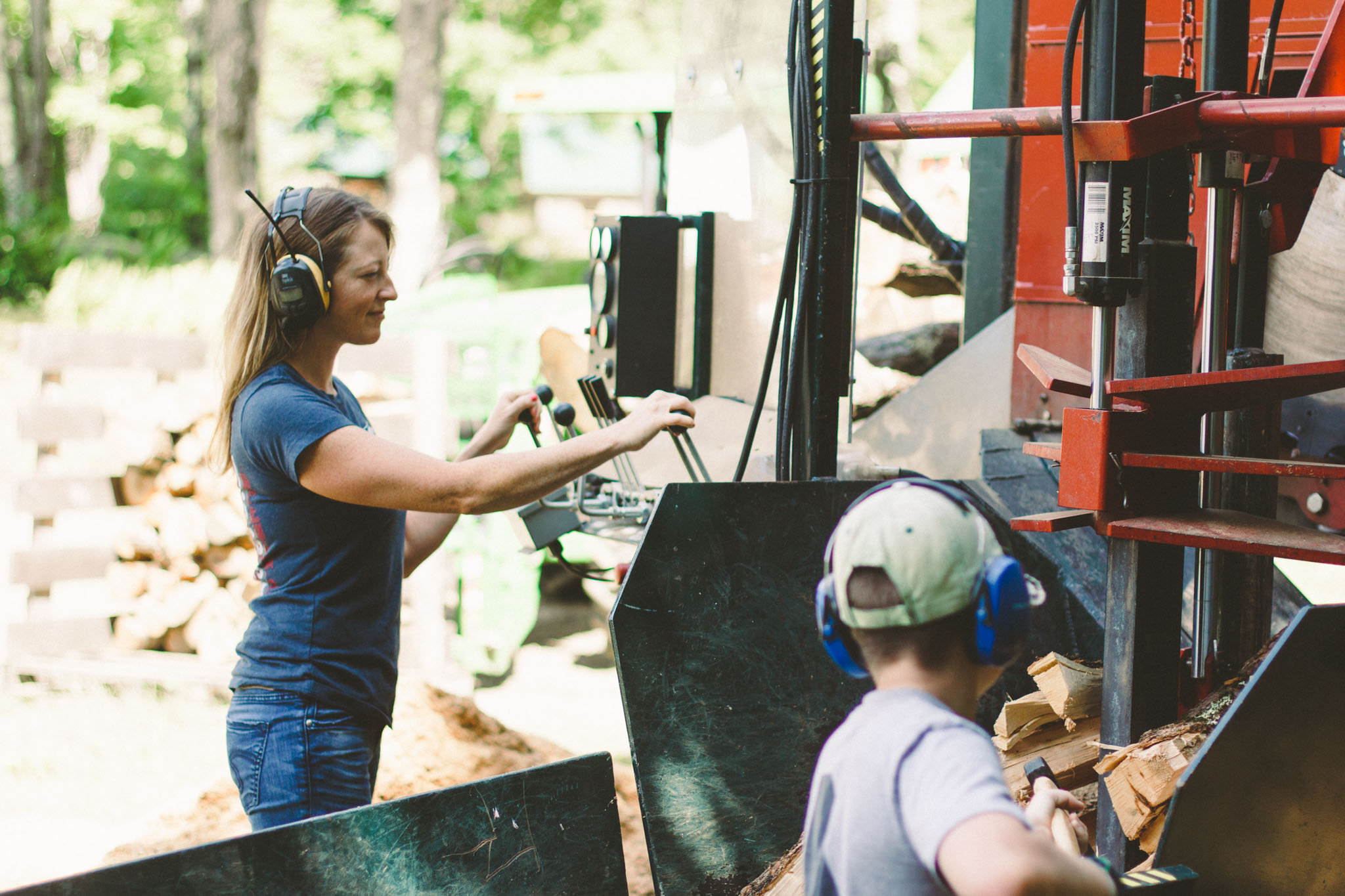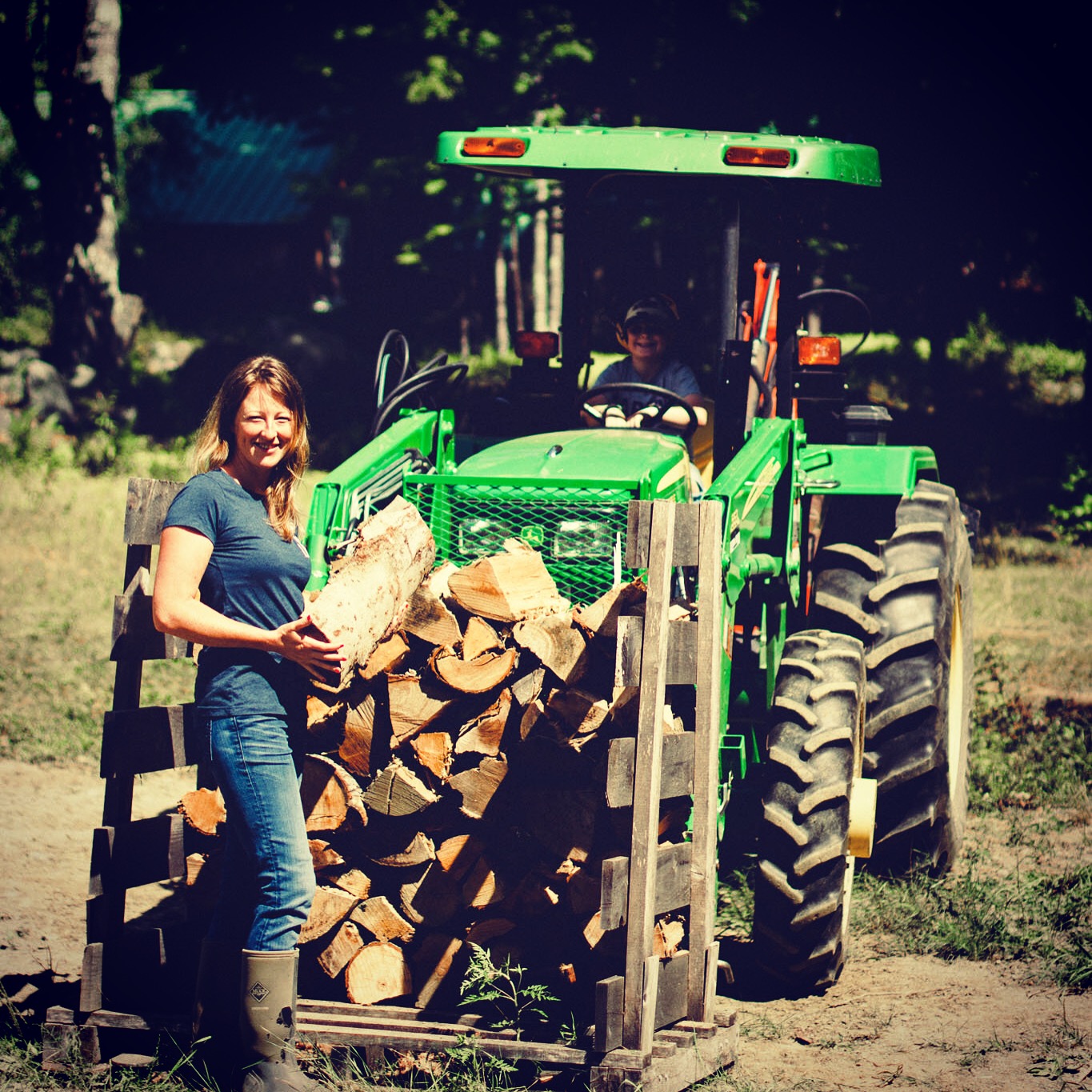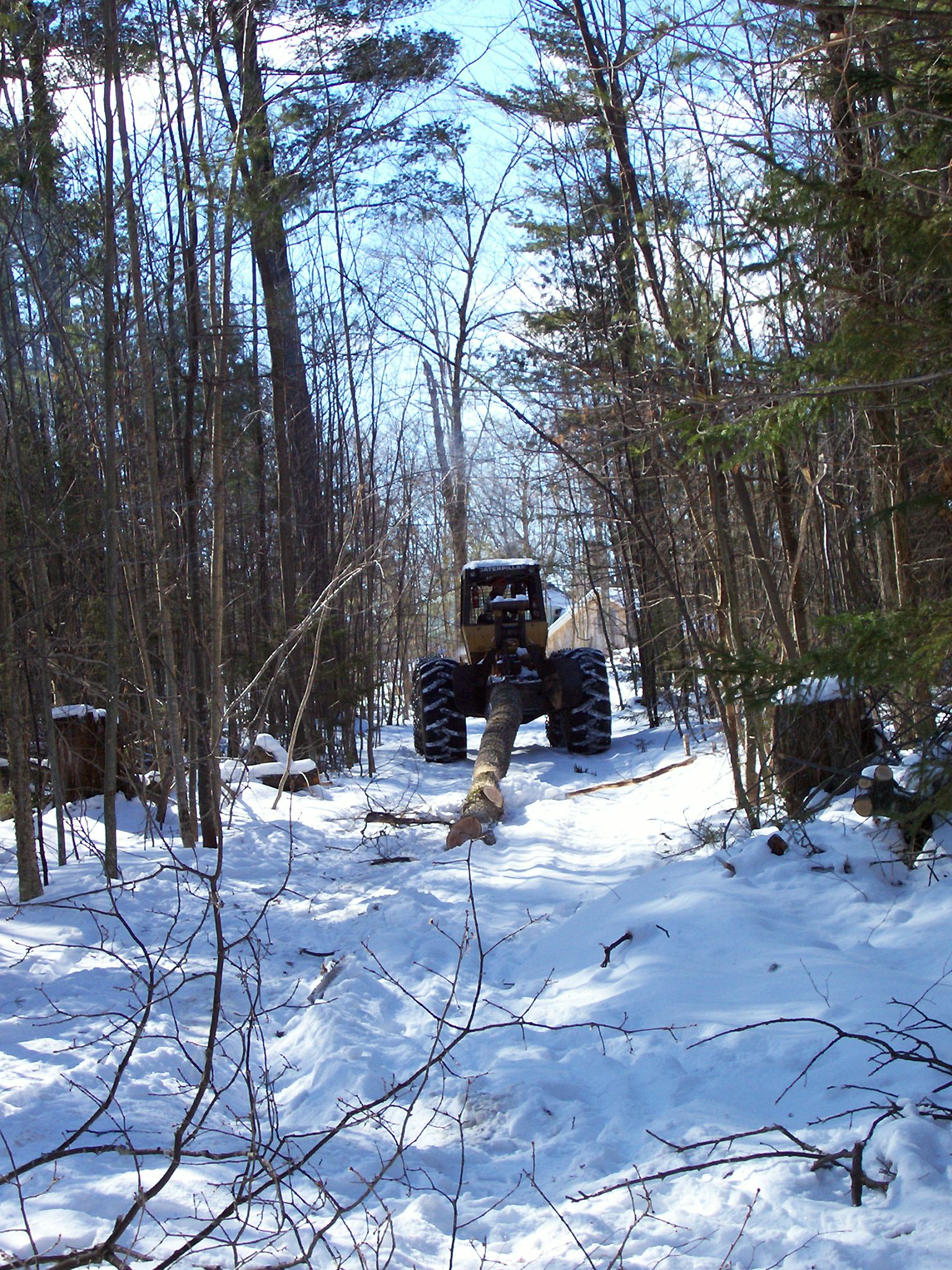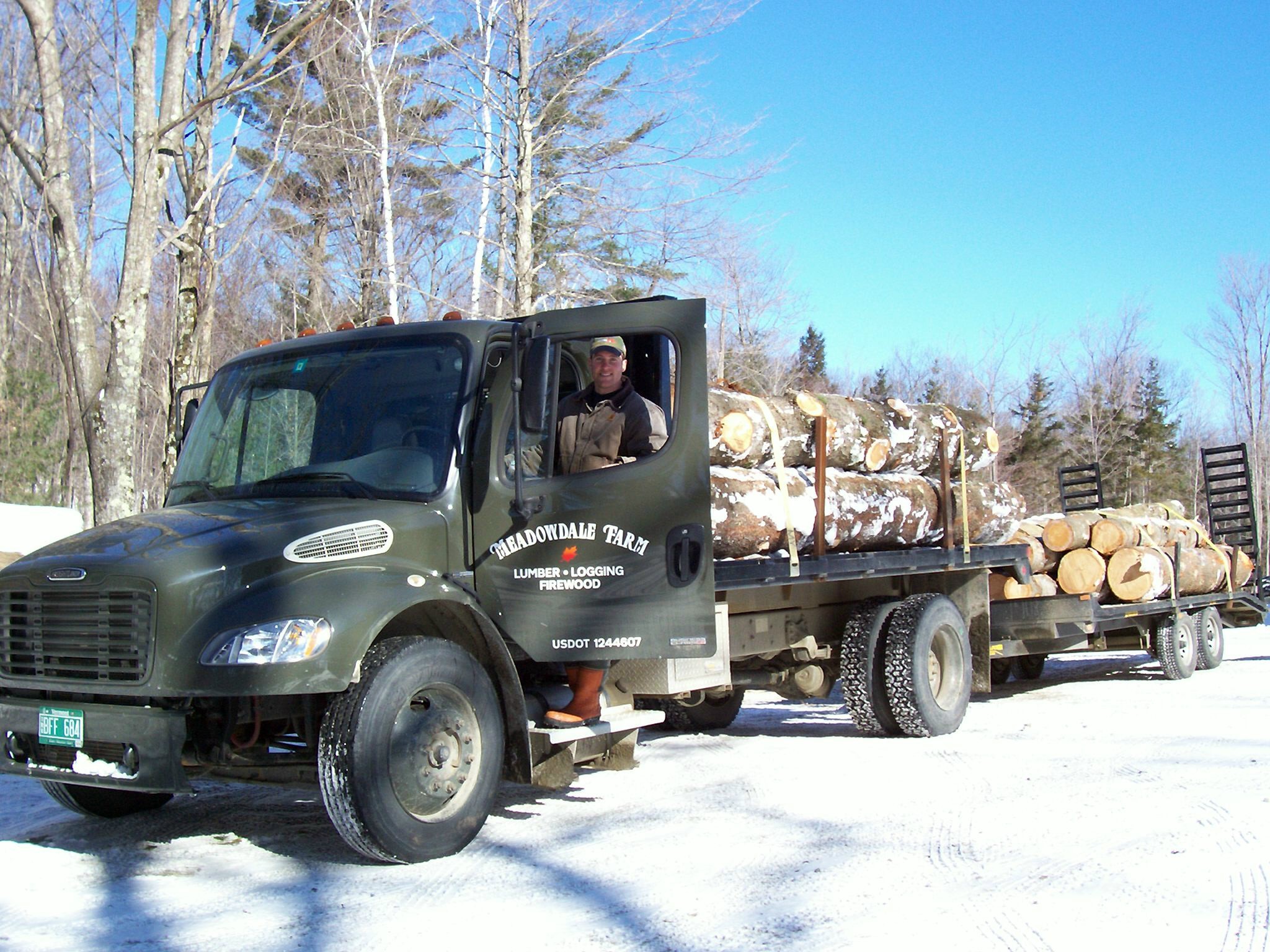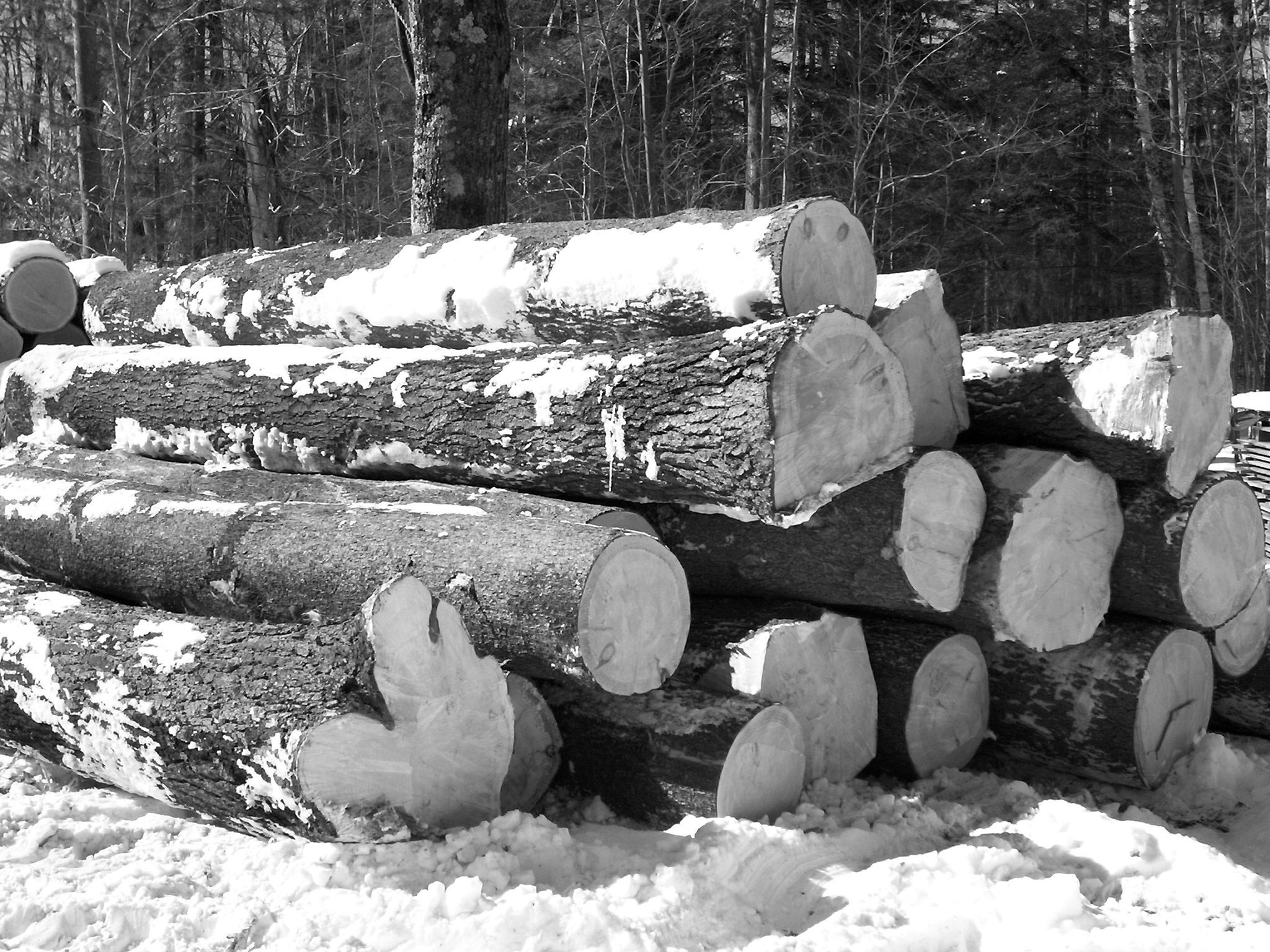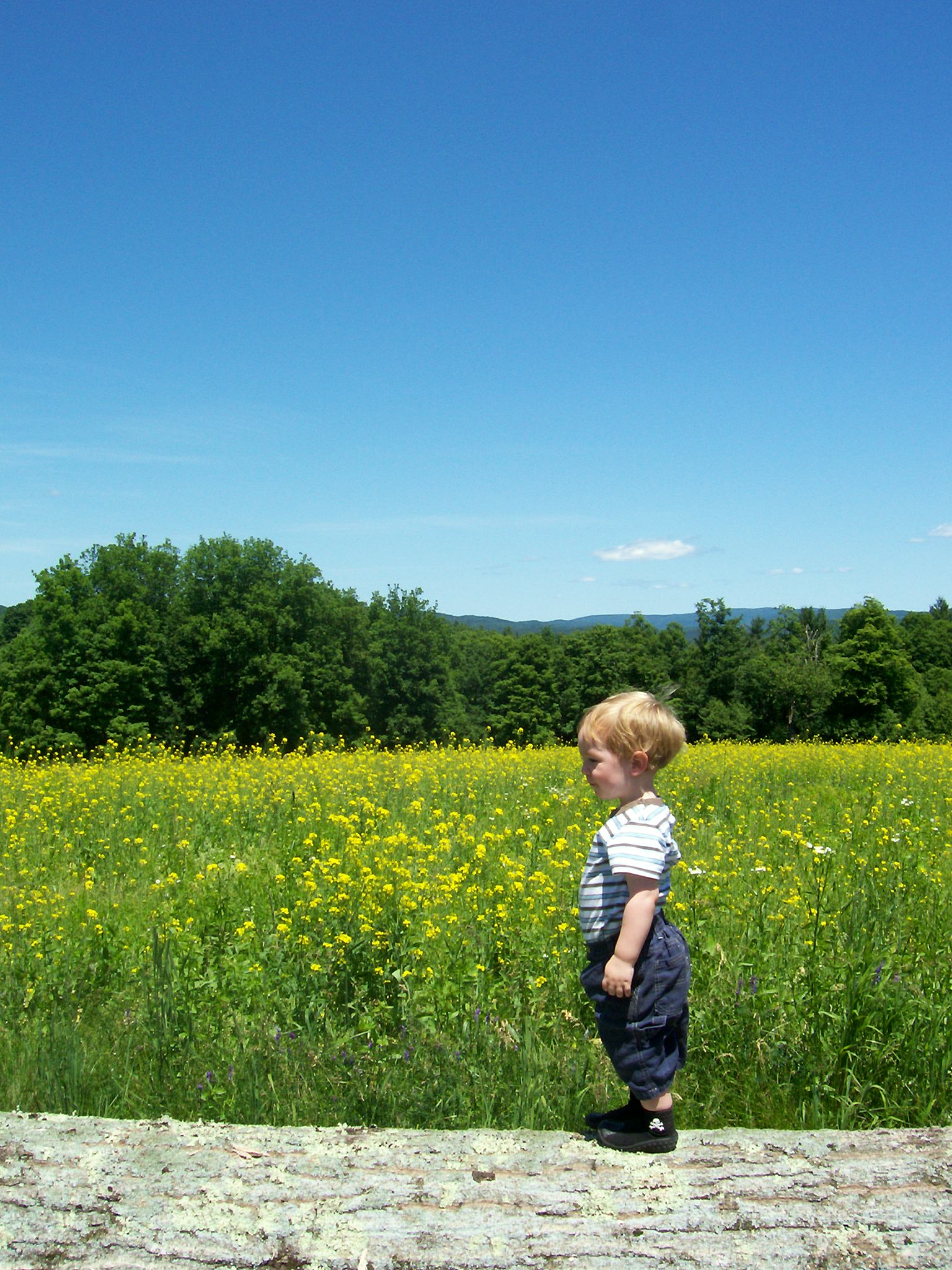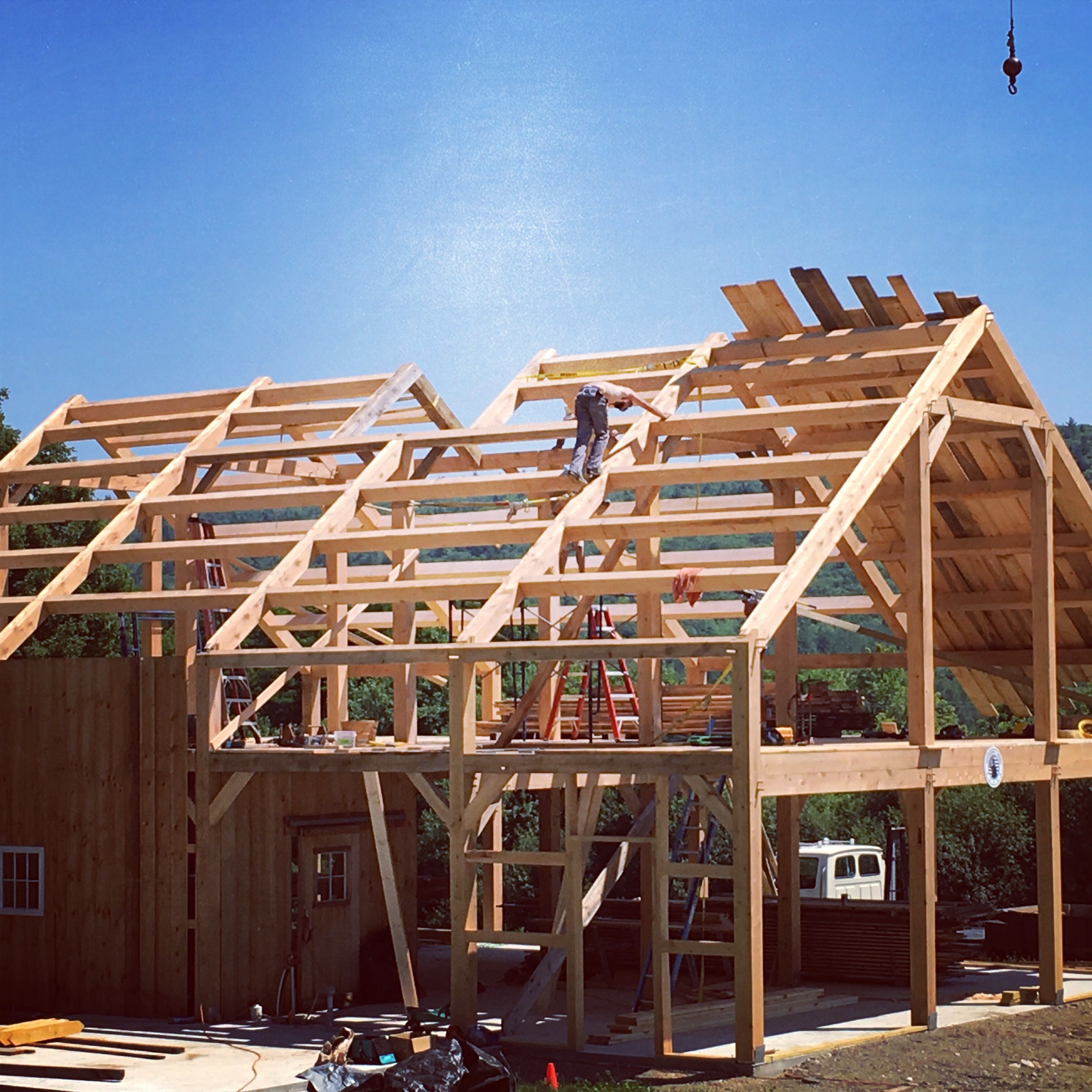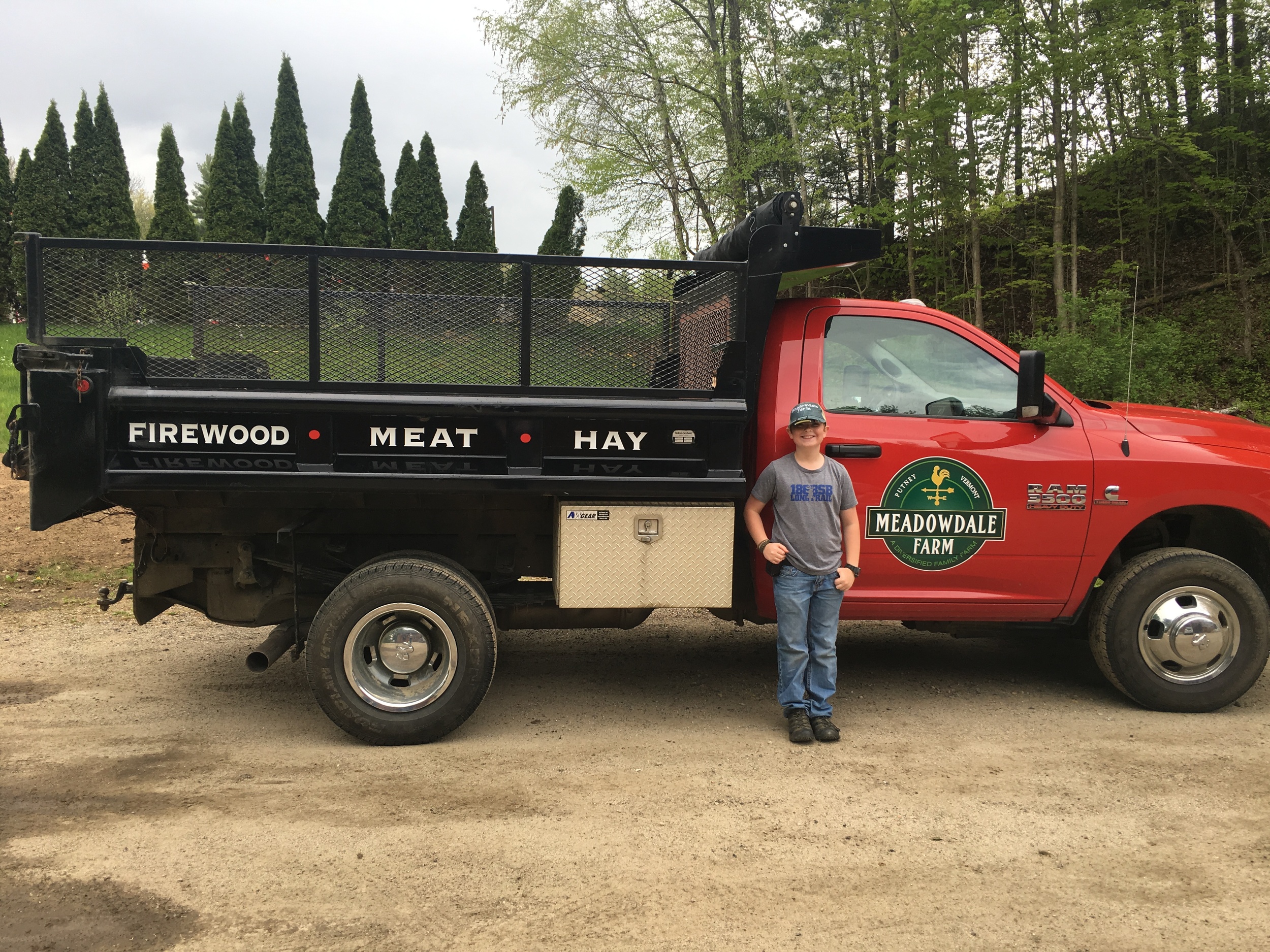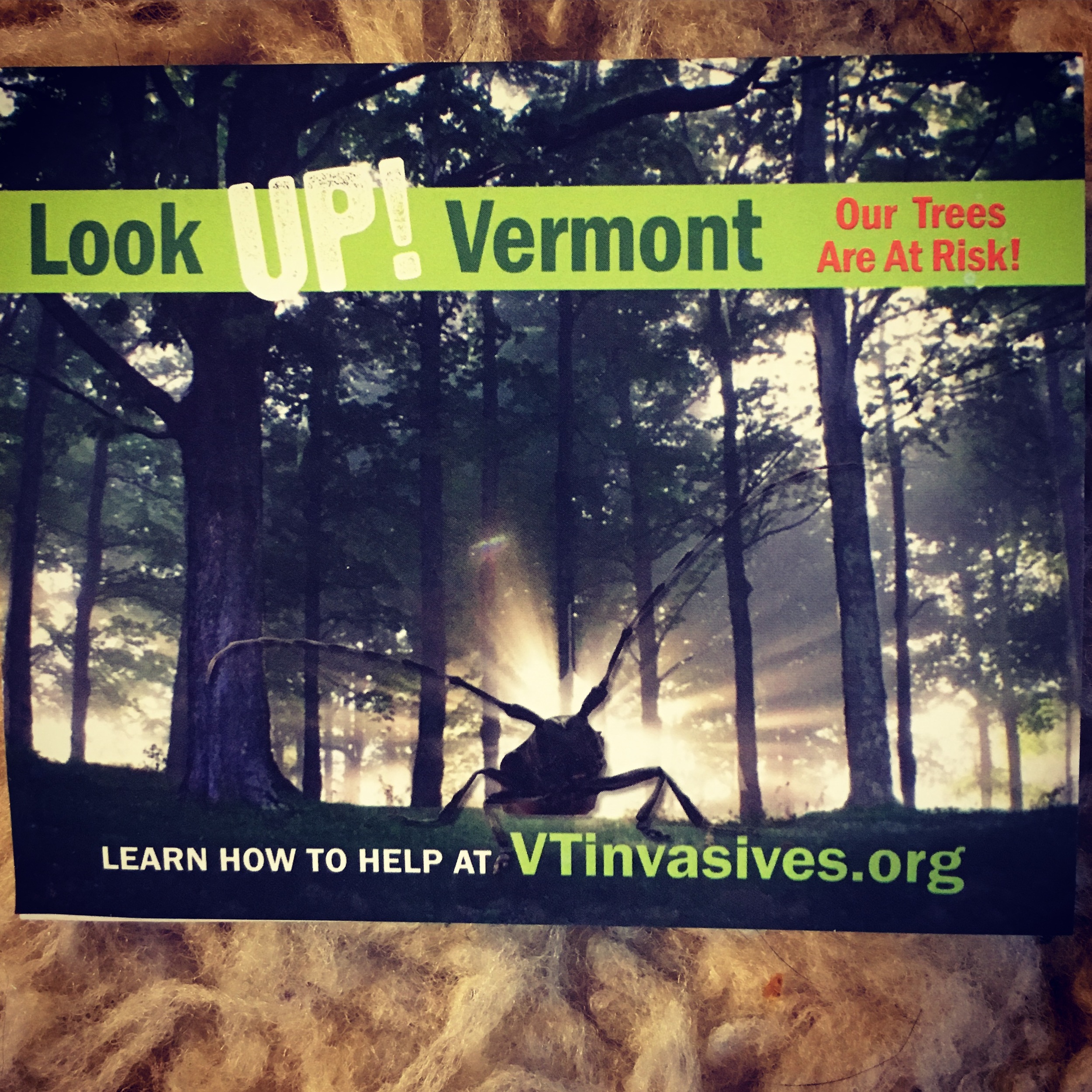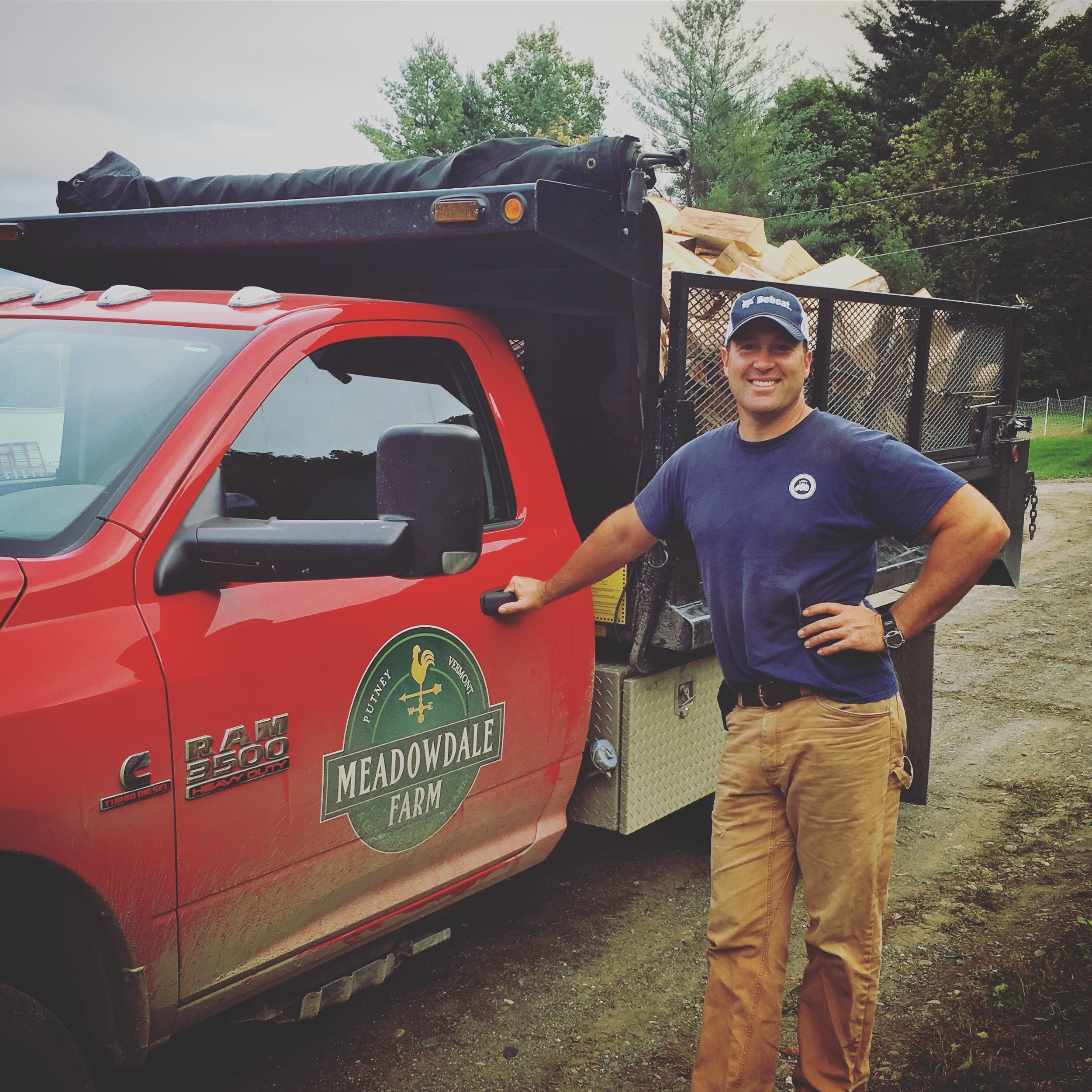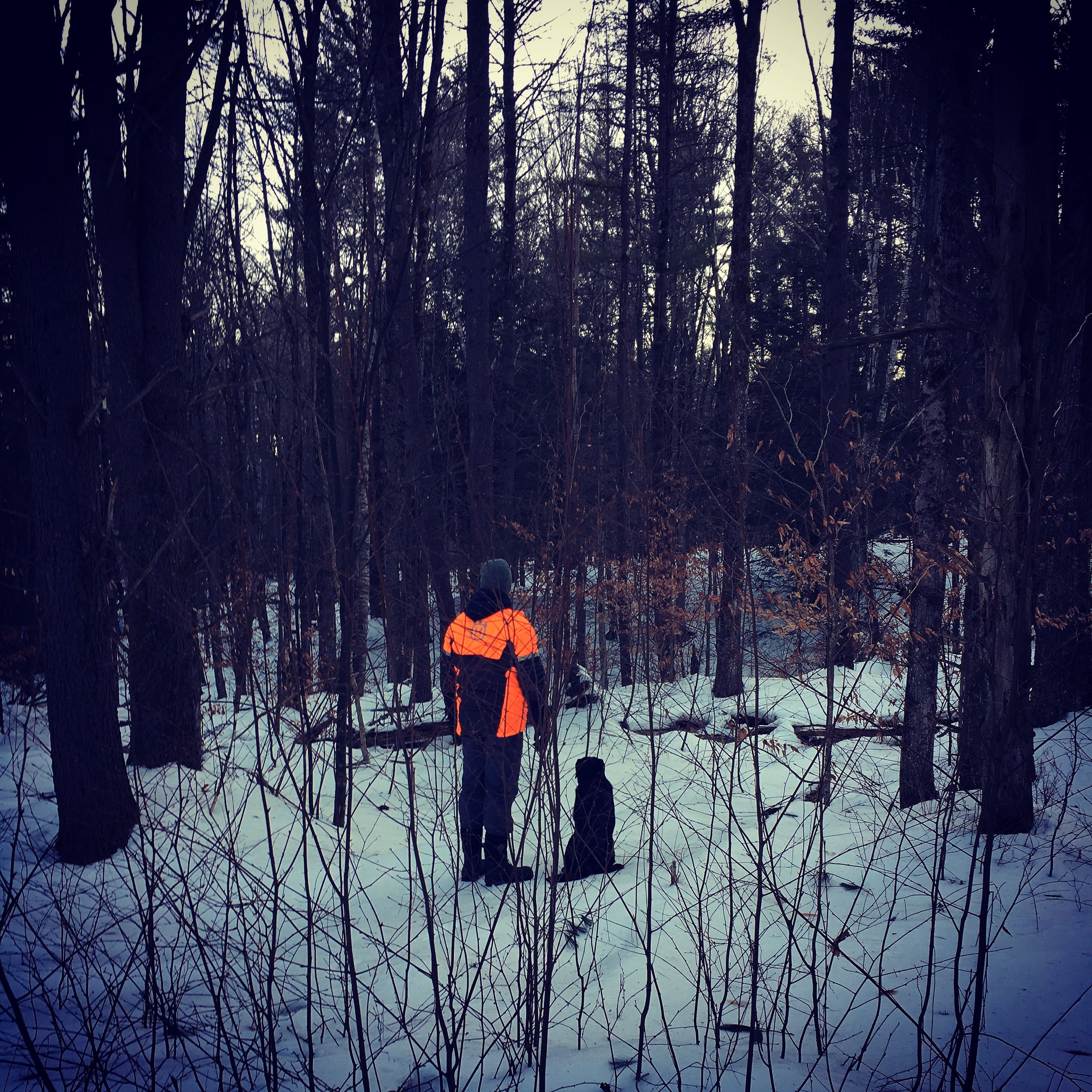Working in the woods is in Mark's bloodline. His Grandfather drove a log truck to a big mill in Brattleboro and his Great Grandfather cut big timber out west in the early 1900's.
FIREWOOD
Since 1999 Meadowdale Farm has responsibly and ethically provided our community with with a locally harvested non-fossil fuel heating source. The wood we cut is from local wood lots and then used to heat local homes. Rural farms have historically always had a fuel wood component and it’s been vital for their economic survival and our traditional integration is no different. Firewood is a seasonal product for us, just like gardening and haying. It helps fill the income void when we have high livestock expenses in springtime and little cash flow coming in.
Firewood Tips for Flatlanders:
1.) Never burn softwoods in your wood stove. The snap, crackle, and pop of pine is fun until you have a chimney fire and have to move back to a tiny apartment in Brooklyn. Wood that we have split and seasoned costs more than green firewood. This is because we have had to handle it several times. We always suggest to “Buy Green and Save Green”, except if you are buying wood from us in October! And, buying wood late in the fall can be extremely hard to find. Don’t be surprised if it’s more expensive during peak time of year.
2.) Here’s how ordering firewood works: You call and we schedule a delivery. Please be there for the delivery, or risk us leaving wood in the wrong spot. We can’t back over septic systems, down embankments, or on soft ground. You might want to lay out a tarp to catch small pieces of bark for easy clean up, or just be aware that you’ll have some ground to clean up once the wood is stacked.
3.) Don’t leave the firewood pile there for months! It’s not drying and rodents, spiders, snakes build homes in it. Stack firewood in open rows where plenty of warm air can circulate. Putting an old piece of metal roofing on top can keep some summer rain showers off of it, but it isn’t necessary if you aren’t in a rush. Please don’t put a tarp on top of your dumped pile of firewood! That just traps the moisture that’s trying to evaporate.
4.) Never put green/fresh firewood in your basement. The moisture can create dangerous mold and firewood can have bugs that carry diseases. No one needs a tick crawling on them while relaxing on their couch watching a Netflix.
5.) As you stack your wood you’ll realize that whoever split your wood either did a great job of keeping pieces even in length, or you have a mismatched jumble. It isn’t uncommon for some pieces to be shorter than you requested, but a quality supplier won’t give you extra long pieces you need cut inches off in order to cram it in your wood stove. You may find you want a maul to cut some pieces narrower and smaller , but make sure you don’t go to the hardware store asking for an axe! Jeezum Crow!
6.) After the firewood has seasoned outside you’ll want to bring it in for winter storage where it is protected from wind and snow and it’s easily accessible. Dry wood is easier to start a fire with, you’ll have less creosote build up in your chimney, and you’ll get more B.T.U.’s out of each piece.
The forest products industry is vitally important for Vermont's economy and preservation of our Working Landscape. The heritage and culture of our Green Mountain state is found in our forests.
Lumber and Logging
Mark’s great grandfather was a logger and we always joke that sawdust runs through his veins. He’s happiest when he’s out in the woods sustainably harvesting timber, sawing lumber, or splitting firewood. Maybe it’s the peppermint-like smell of fresh Black Birch or the connections he finds being alone in the wilderness surrounded by trees. Either way Mark supplies his customers with exceptional quality lumber and timbers that have been sought after. His attention to detail has been noticed as he’s a part of Wood-Mizers Pro-Sawyer Network and has worked on projects with Bensonwood Timber Framing. His artistry as a sawyer has also been featured on Animal Planet’s Treehouse Master’s television program while working with designer Roderick Romero.
Forest Products are an essential part of any diversified farm, especially in the cold Northeast where we rely on wood for our winter fuel. Even though there is a broad misconception in America that logging “is bad and destroying the planet” nothing could be farther from the truth. Logging done well is the number one contributor of protecting forests by helping to keep them from development. Just like how we practice livestock farming, we cut trees with the big picture in mind. We protect our natural resources and in turn they provide a better product for our grandchildren and great grandchildren. We harvest with the future in mind and in our hearts by protecting stream crossings, new seedling trees, and use conscientious guidelines for what trees are selected. We consider ourselves stewards of the land and find that most farmers and loggers are the most proactive conservationists.
Like traditional dairy farming in Vermont, our loggers face an uncertain future. While some people are still making a living in our forests, the number of loggers in Vermont has declined by some 50% in the last two decades. More problematic is that our loggers are increasingly finding themselves at the mercy of world economics. Logging equipment is jaw-droppingly expensive, fuel, worker’s compensation and insurance prices take their toll, the U.S. housing market waxes and wanes, and foreign competition hamper demand. As is the case with dairy farming, there seem to be fewer young Vermonters turning to logging as a way to make a living. Logging also has a public relations problem. Where a wagon load of hay bales passing by seems comforting to most, a truckload of felled trees make some uneasy. The public isn’t lined up to support logging as they are their nostalgic image of farming.
Trees provide our family with an income stream, animal bedding, an organic compost ingredient that we spread on our hay fields, building materials, and heat all while improving our local woodlands. As we all make transitions to less reliance on petroleum products and resilience in the face of global changes, our community will need to find ways to build bridges with those with the knowledge, expertise, and the skills.
